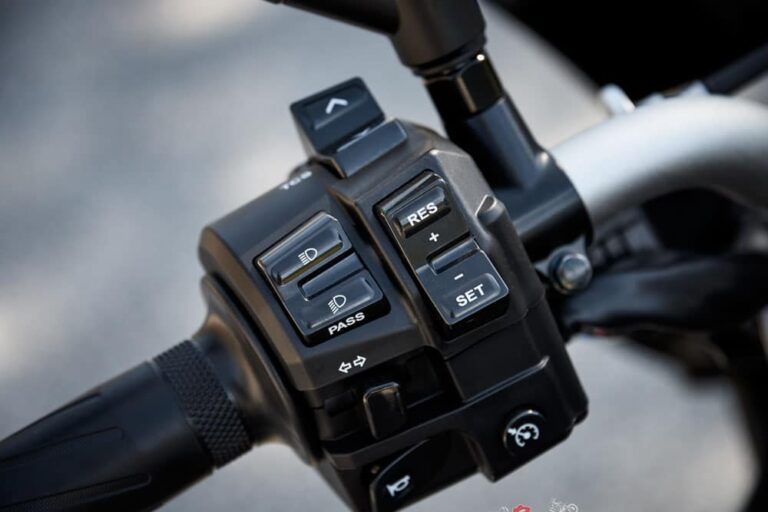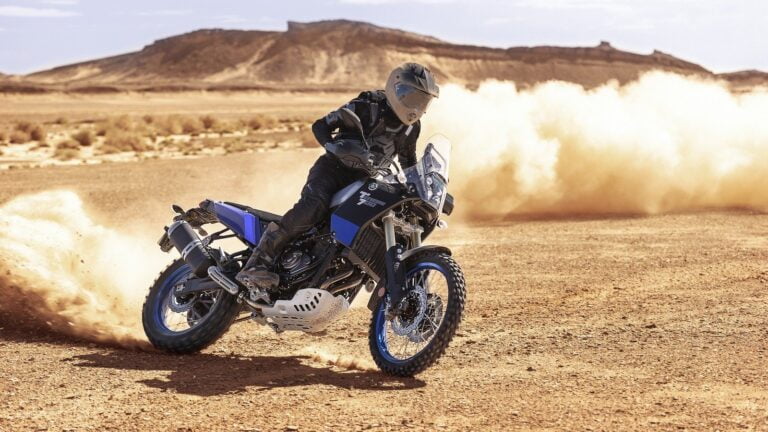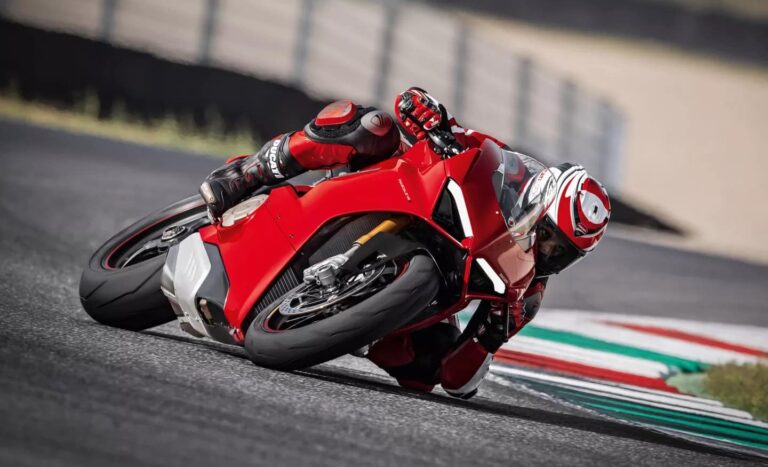Ah, so you’re a fellow cheapskate, are you? Pull up a chair.
As much as I write about the latest and greatest, or the most classic, iconic motorcycles of the past, I’m personally a sucker for value. I like to find awesome bikes and then find three others that are nearly as awesome that I could get for the same price as that one true classic. It’s not that hard, either.
Of course, an imitation classic or “nearly-classic” isn’t a classic. It won’t maintain its value as well, it won’t get as many looks at the local bar / café / pie shop, and it won’t be a museum piece people will lust after. But you know what… you might actually ride it, and not feel bad about putting miles on it. Or crashing it!
So here we go… My sacrilegious list of suggestions of bikes to get instead of classics.
Are you obsessed with motorcycles?
Well, I am. That’s why I created this site — as an outlet. I love learning and sharing what others might find useful. If you like what you read here, and you’re a fraction as obsessed as I am, you might like to know when I’ve published more. (Check the latest for an idea of what you’ll see.)
Why Ride Alternatives to Classic Motorcycles?
For motorcycles I own, I live by the adage “Buy motorcycles you can afford to crash.”
This used to be what I said primarily about track bikes, particularly as insurance doesn’t cover those. But it’s true of street bikes too, though you might consider affording your insurance premium.
There are those among us who can afford to ride classic motorcycles. Not only can those people afford them — they can afford to service them, crash them, and wear the depreciation cost when selling them.
But people like me — and my fellow cheapskates — like to not worry about what we’re riding. I’ve crashed enough times (always minor, luckily) to know that it’s not just painful to replace fairings, bent handlebars and damaged ride gear; the fear of those things is a hindrance to riding at all. Every time I go out on an expensive, unscathed motorcycle, I’m more hesitant. Do I want to put miles on it? Do I want to get it dirty? Do I want to risk getting a stone chip or damage from dropping it? And so on.
That’s why I ride bikes that give me the same experience as old classic motorcycles but which are within my operating budget.
There are some classic bikes that have no alternative. There’s no alternative to a Honda NR750; there’s nothing quite like it. Ditto for something like a Vincent Black Shadow or old Norton Commando (the new ones are awesome, but they’re also expensive anyway).
But it’s interesting that many modern classic motorcycles have a lot in common with other bikes.
So below I’m going to suggest motorcycles that give you a similar experience to classic, expensive motorcycles, but which are more likely to be in the average rider’s budget.
Don’t get a Honda Valkyrie Rune…
… Get a 2014-2015 Honda Valkyrie F6C instead.
I can already hear the scoffing. Bah! A Valkyrie? Who replaces chrome with plastic?
The Honda Rune is a design classic. There’s so much about it that’s unique. The front trailing wishbone suspension, the curved radiator grille, the headlamp, and the massive presence.
The Honda Rune is a bike that has been appreciating in value even as the used models get more and more distance put on them. People have actually been riding them, it seems. So as time goes on, they get further and further out of reach.
(See here for more about the Honda Rune and all the things that make it special.)
But there’s good news for us cheapskates! Even though the Rune’s engine is mildly worked over, at its heart it’s very much still a 5th generation Holds Gold Wing GL1800. So you can pick up the 2014-2015 Honda Valkyrie and get basically the same innards and drivetrain… And still get a pretty cool bike.
You can even find Honda Valkyries with windshields and saddlebags.
Of course, you won’t get the iconic classic design elements that the Rune has, like the radiator, the headlight, the trailing link front suspension, or that exhaust.
But the good news is that you can also modify your Valkyrie without people crying foul. For example, the exhaust on the Rune is divisive, but it’s part of the engineering history. So modifying it is a controversial thing to do.
The best part is that the Valkyrie is lighter than the Rune, so riding it will be even easier. Just bear in mind that there are rarely many for sale (because they’re great!), and they have a lot more distance on the engines.
Don’t get a Honda CBX1000…
… Get a first-generation Honda Valkyrie GL1500 instead. Or an early BMW K 1600.
The Honda CBX1000 is a well-known classic because of its engine. The six-cylinder air-cooled motor has no parallel.
But another classic six-cylinder motorcycle that’s relatively underappreciated is the GL1500 Valkyrie. I know, I suggested a Valkyrie above. No, don’t worry, my answer to everything isn’t “Valkyrie”!
More controversially, I’d even suggest you get the first-generation GL1500 Valkyrie. Carburettor fed, that hot-rodded flat six is no joke. And with a set of open pipes, it really roars. There’s no bike that sounds quite like it. It’s a bad-ass Honda.
These two classic motorcycles don’t perform in quite the same way, of course. The CBX likes to rev (a little) more, whereas the Valk makes its power low in the torque curve. Well, you can’t have it all.
Another controversial suggestion is that you could even get a BMW K 1600 — another six-cylinder motorcycle — for less dollars than the CBX.
The K 1600 is a huge touring bike. It’s very different in style. The BMW K 1600 is often thought of as “not that great a bike” because people compare it — often unfavourably — with the Honda Gold Wing.
But the BMW K 1600 makes a lot more power, topping out at 118 kW / 161 hp at 7750 rpm. Yes, it weighs 319 kg / 703 lb but it comes with quite a lot of protection on it, and is loaded with safety gear — even the original 2011 version has ABS, traction control, cruise control, and more. The K-bike is designed for distance, after all.
The best part, of course, is that the BMW K 1600 sounds really good with the pipes opened up. Granted, not as raw as old bikes can be, and the vast majority of owners don’t put on aftermarket exhausts, so you’ll have to budget a bit extra. But it does sound good, as a YouTube video can confirm.
Don’t get a Ducati Superbike…
… Get a Ducati ST-series sport touring bike instead.
The Ducati 916 is a design classic that’s frequently cited as one of the most beautiful motorcycles of all time.
Yes, you might be able to convince yourself that the Ducati 916 is an investment, particularly if you get one of the fancy versions. But then you don’t get to ride it. So why not get the same engine in a much easier-to-ride bike that costs about half?
See here for more thoughts about investing in motorcycles.
But the Ducati ST series motorcycles — particularly the ST4 and ST4s — give you a liquid-cooled Ducati Superbike engine in an everyday chassis that’s (shock horror) more comfortable.
The Ducati ST4 has an engine based on the Ducati 916, and the Ducati ST4s has an engine from the 996. They make less power and are heavier, but the overall experience is still great. They have taller windshields. Many come with luggage. And best of all, they’re cheap!
The ST2 and ST4 are also well-loved. They have engines of different heritages, but which are still liquid-cooled and sporty.
Of course, whatever you get in the ST range, you’re still riding a bike with a Ducati Superbike desmodromic engine. So you’ll still pay the same amount for servicing, including changing the belts and checking the valve clearances.
Don’t get a Ducati Sport Classic…
…Get a Ducati Monster S2R1000, or even a Triumph Thruxton.
The Sport Classic bikes (which have “classic” right there in the name!) are based around the same 992cc air/oil-cooled engine that has graced many a Ducati motorcycle, including the Multistrada 1000DS, the Monster 1000, the SS1000, and the S2R1000.
All of these are good options, but my favourite underdog in terms of style per dollar is the S2R.
The Ducati Monster S2R1000’s engine is identical (I believe… There may be some minor differences…). But you even get a few bonus elements, like a trellis frame, single-sided swingarm, and under-seat exhaust. Which one is the classic?
Again, it’s still a Ducati, so regardless of how much you save up-front, you’ll still pay for service, checking the desmo valves and changing the belts.
If you want the classic style but also want a much more modern engine with easier and less frequent service, go for a Triumph Thruxton RS.
The Thruxton is a great-looking bike. Its 1200 cc parallel twin makes a great sound even out of the stock exhaust. And it makes a healthy 77 kW / 105 PS at 7500 rpm — more than the 1000 V-Twin in the Ducati.
The Thruxton shares twin rear shock and side exhaust look of Sport Classic, but has a much more comfortable, “everyday sport bike” riding position.
Best of all, the big Thruxton has also been discontinued, so it, too, will become a classic.
Don’t get a Kawasaki ZRX1200R…
… Get a Yamaha XJR1300, Suzuki GSX1400, or if those aren’t available, a Kawasaki Z900RS.
The Kawasaki ZRX1200R is a classic not just because it looks cool and goes well, but also because it’s one of the “Eddie Lawson Replicas“.
The US didn’t receive most of the big-bore Japanese super nakeds of the early 2000s. That’s part of the reason why the Kawasaki ZRX1200R is so special. That, and it’s a cool bike!
But if you’re in Europe, Asia, or the Asia Pacific, you can get any of the others, and in many ways, they’re better. My favourite is the XJR1300. Heaps of torque an air/oil-cooled engine, and those trick Ohlins shocks at the rear. Yamaha even made them up to 2016, and they’re fuel-injected and even came with ABS at times!
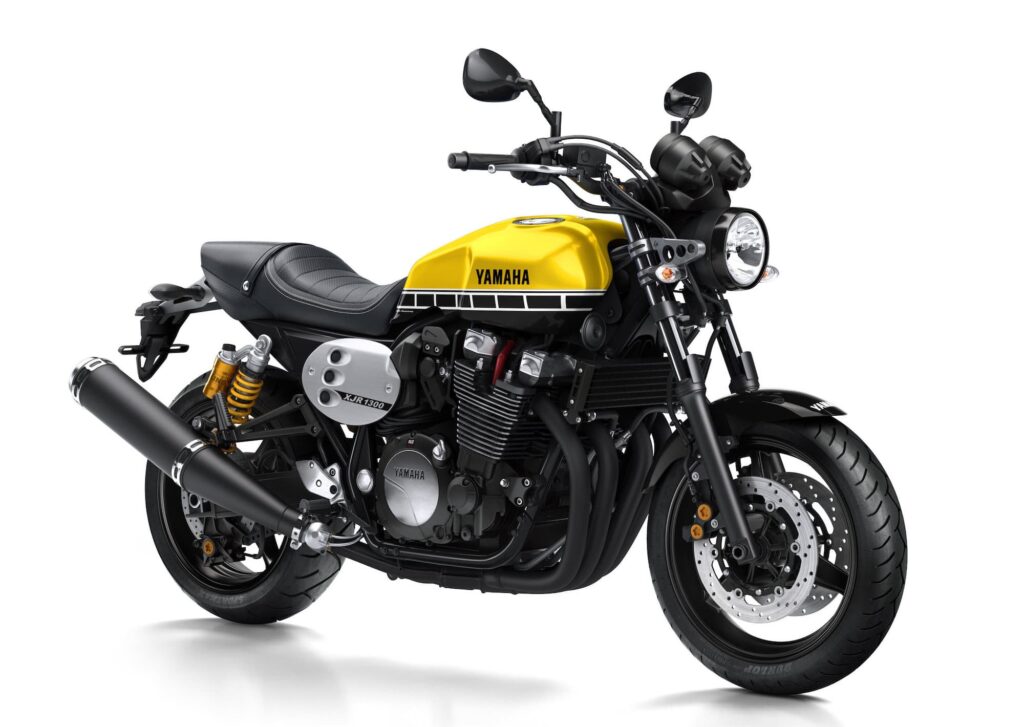
But the Suzuki GSX1400 is excellent as well (and wins the torque wars). Honda also made the CB1300, which with a fairing looks gloriously retro.
If those aren’t available, the Z900RS is the bike everyone would be happy with if they gave it a go.
Then real, real cheapskates like me can pick up all the Honda Hornet 900s (Honda 919s) that everyone else left behind. That’s the one I went with. I just went to look at it, but it was so nice and so cheap that I couldn’t say no!
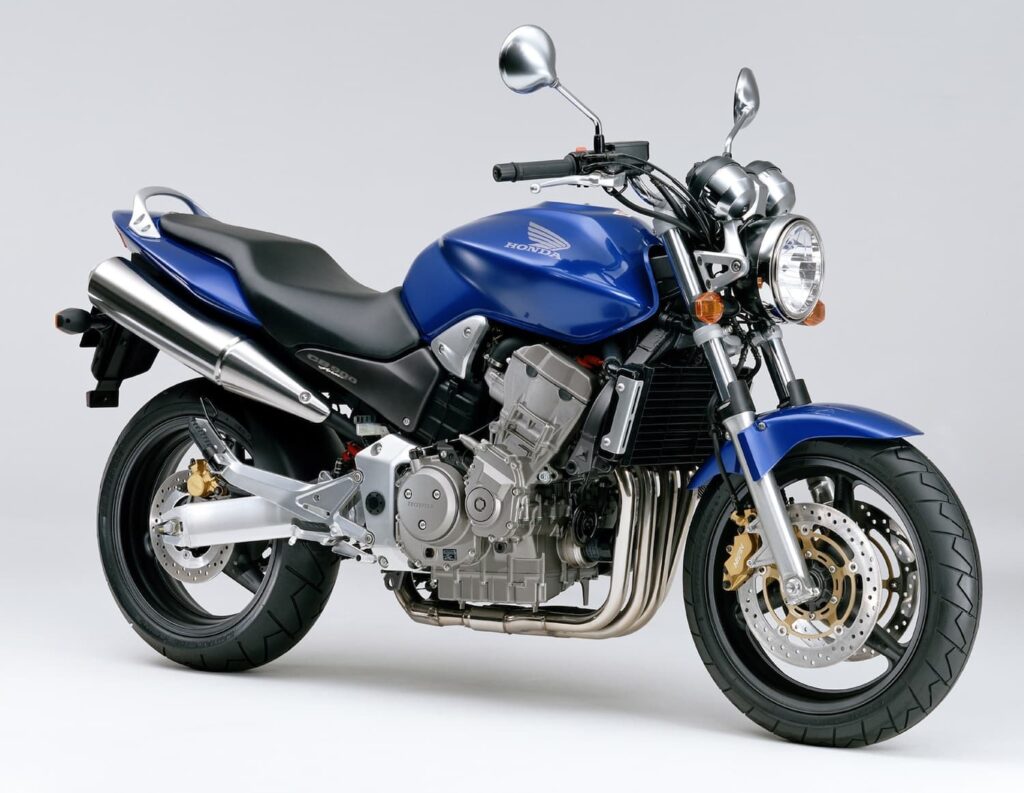
The Honda 919 / Hornet 900 has an engine from the CBR900RR series, but with fuel injection, and a little bit less top-end spunk — but with a generous dose of midrange.
The 919 is nothing special, and not a classic in itself. Its engine makes around 81 kW / 110 horsepower at 9000 rpm at the crank. And it won’t rev that much higher, stopping shy of 10K. But all through that midrange, it makes a glorious noise with aftermarket pipes.
But the simplicity of the design is what’s so appealing. Everything on it is easy to work on. Conventional forks, an exposed engine, double-sided swingarm, twin gauges. Just don’t dent the tank!
Don’t get K5 Gixxer…
… Get any GSX-R1000 from 2006-2008.
The K5 (a.k.a. 2005) Suzuki GSX-R1000 is a classic for being a motorcycle with a long-stroke engine that makes torque everywhere, but without any rider aids — no power modes, no traction control, nothing.
Obviously, the 2006 is the same bike as the 2005. So that’s a worthy alternative. But did you know that the 2007-2008 has the same long-stroke engine?
Both the 2005-2006 and 2007-2008 GSX-R1000 have the 73.4 x 59 mm bore / stroke engine with a 12.5:1 compression ratio. The 2007 model even made slightly more peak power — but not as smoothly, due to the tuning, and also weighed around 6 kg / 14 lb more because of the twin exhaust.
But I’ve never (I think) seen a 2007-2008 GSX-R1000 for sale with that original exhaust. Owners rip them off and then get them tuned. So the end result is a 2007-2008 is the same as any 2005-2006 — better even, as they’ve seen a dyno.
The 2007 model does get a few electronic bits, which purists won’t like, like power modes. It also gets a hydraulic clutch, which some people don’t like.
If you want the same engine but in modern form, the Suzuki GSX-S1000F sport tourer has the same basic block — though making around 20% less power (but it’s by no means slow!). It’s heavier, but much more comfortable, and these days, they go for about the same price (in fact, a low-mile GSX-S1000F is going to be cheaper than a similarly low-mile K5 GSX-R1000).
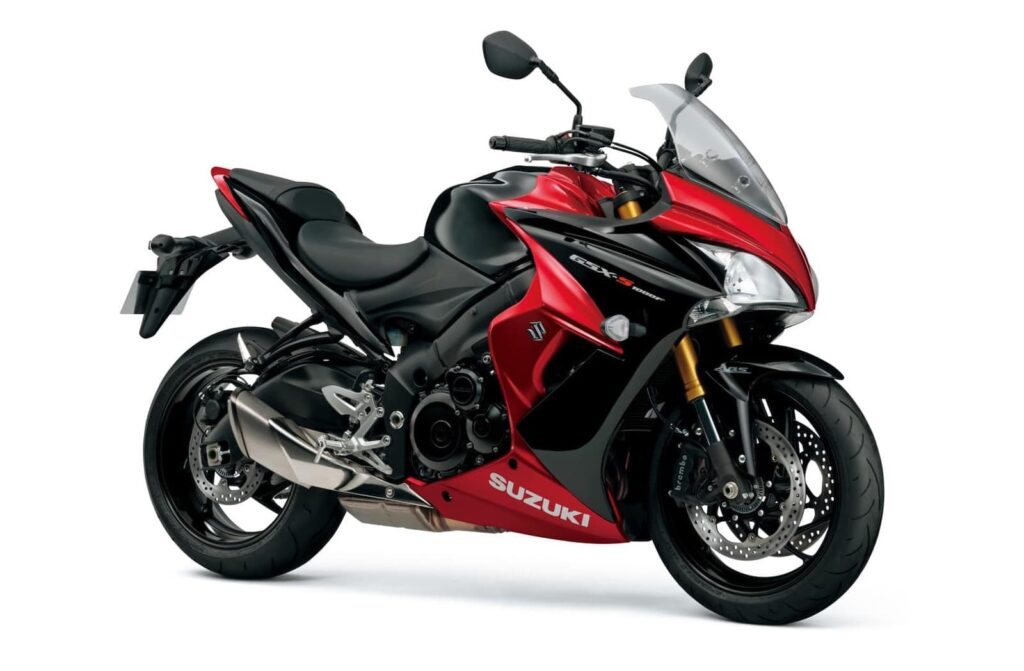
No, the GSX-S1000F is by no means a classic. But you’d ride it and not worry about depreciation or dinging it.
Don’t get a BMW R80 G/S…
… Get a BMW R nineT Urban G/S instead.
The old airhead is a stunner, and what gave rise to the long line of BMW GS boxers. But they’re getting up in years.
Unless you fancy yourself a backyard restorer — which is awesome, but a quick browse of any classifieds will show listings of unfinished projects that are half in pieces because of unexpected life changes — a BMW R80 G/S in good condition is going to set you back a solid five digits of any major Western currency. Or more.
But glance at the new Urban G/S and you’ll see that it’s a good-looking bike, too!
The Urban G/S is an homage, of course. It’s not intended to be a Gelände/Straße like the original. It has a 19-inch front wheel rather than 21-incher, and has less ground clearance.
But those things shouldn’t hold you back from adventuring. The newer Urban G/S has comparable weight — and you can reduce it further with some custom parts or removing superfluous bits. Ding the Urban G/S up and you won’t have to scour forums or junkyards for parts or alternatives. The modern bike has safety features to keep you alive on the motorways, which are dense with angry traffic, in contrast with the open roads of forty years ago. And don’t forget that the BMW Urban G/S’s camhead boxer engine makes over twice the power!
Best of all, the modern BMW R nineT Urban G/S has plenty of old-world tech that’s becoming rarer today, like an air/oil-cooled engine (the R80 G/S is just air-cooled, though some added oil coolers for hot climates), analogue gauges, and a shaft drive.
Since BMW released the BMW R 12 nineT, I’m not even sure when the Urban G/S will be updated, anyway. Get one while you definitely can!
Don’t get a BMW HP2 Sport…
… Get a BMW R 1200 S with all the options you can (ABS, Öhlins, and the wider 6-inch rear wheel).
The BMW HP2 Sport was a niche bike, a last hurrah at building a boxer-powered sport bike before BMW gave in and built one with four cylinders like everyone else.
It’s a really cool bike. It has a stunning exposed rear wheel, under-seat exhausts, and a very unique feel for a sport bile.
BMW tuned the HP2’s motor for quite a lot of power for an air/oil-cooled boxer! They pulled 95 kW / 128 hp (at 8400 rpm) out of it, which is down on liquid-cooled bikes with around 1.2L of engine capacity, but which is impressive nonetheless.
But in terms of performance — or even style — the BMW HP2 Sport doesn’t have that much of an edge over its everyday stablemate, the BMW R 1200 S, especially when the R 1200 S is equipped with a few options like Ohlins suspension, a 6-inch rear wheel (and a 190-profile tire to match), and ABS (if that’s your cup of tea).
The thing the HP2 Sport will retain that the R 1200 S can’t have is the twin-cam head, which debuted in the HP2 Sport before being brought into the mainstream in 2010. The R 1200 S has an air/oil-cooled motor, but it’s of the hexhead variety.
But the twin-cam head is now a heritage motor itself — it represented the last of the air/oil-cooled engines before the first liquid-cooled boxers arrived in 2013. So choosing the twin-cam HP2 over the “Hexhead” R 1200 S is just choosing one old-school motor over another. The HP2 is rated for slightly more power (130 hp vs 122 hp), but not that much. You’re not picking this bike for outright performance (or you’d get a modern superbike), so it’s just a question of: which heritage BMW do you want to ride?
An upside of the Hexhead is that valve services (which have the same 6000 mile / 10000 km interval) are even easier.
See the BMW engines guide.
Besides, the R 1200 S comes in more colours and is about 1/3 to 1/4 of the price (though with inevitably more miles / kilometres on it as people actually ride them).
Don’t get a Honda VTR1000-SP1 or SP2…
… Get a Suzuki TL1000S instead. Or a Honda CBR600F4i.
To be honest, both of these are a far cry from the SP1 or SP2. But the other options seem inappropriate. The Honda VTR1000F FireStorm is unequivocally a street bike (though people do work them over for track days), and the Suzuki TL1000R (with a higher-tuned engine and a full fairing) is heavier and an expensive cult classic of its own.
For a bit of context, the Honda VTR1000SP1 or SP2, also known as the RC51, is a V-twin powered superbike that Honda released as a race-focused competitor for the V-twins from Ducati. It helped Honda win (once) and since then has been known as the “Duc-killer”.
But since then, it has gotten more and more expensive over time. These days, a VTR1000-SP1 will set you back as much as a Ducati of the time. It has a few advantages in terms of reliability and less frequent maintenance requirements (no expensive Desmo service and no belts to replace), but otherwise, you don’t get as much of a value advantage in picking up a Japanese motorcycle as you normally would.
There are other Japanese V-twins of the time, but my favourite among them in terms of performance for dollar is the Suzuki TL1000S. Unfairly branded a habitual “widowmaker” in its early days, the TL1000S runs a fuel-injected liquid-cooled 90-degree V-twin that’s full of raw character.
Read more about the Suzuki TL1000S / TL1000R here.
The best part is that the rest of the TL1000S is pretty high-spec, with fully adjustable suspension and even an inverted fork up front, despite being a “street” bike. It even has an eccentric rotary rear shock… which some owners swap out, so look out for that detail.
Yes, you do trade in the RC51’s sharp looks for the “curvy” TL1000S. But being a cheapskate does mean you have to make compromises.
If you want to keep the looks but change the engine, I’d get a humble Honda CBR600F4i.
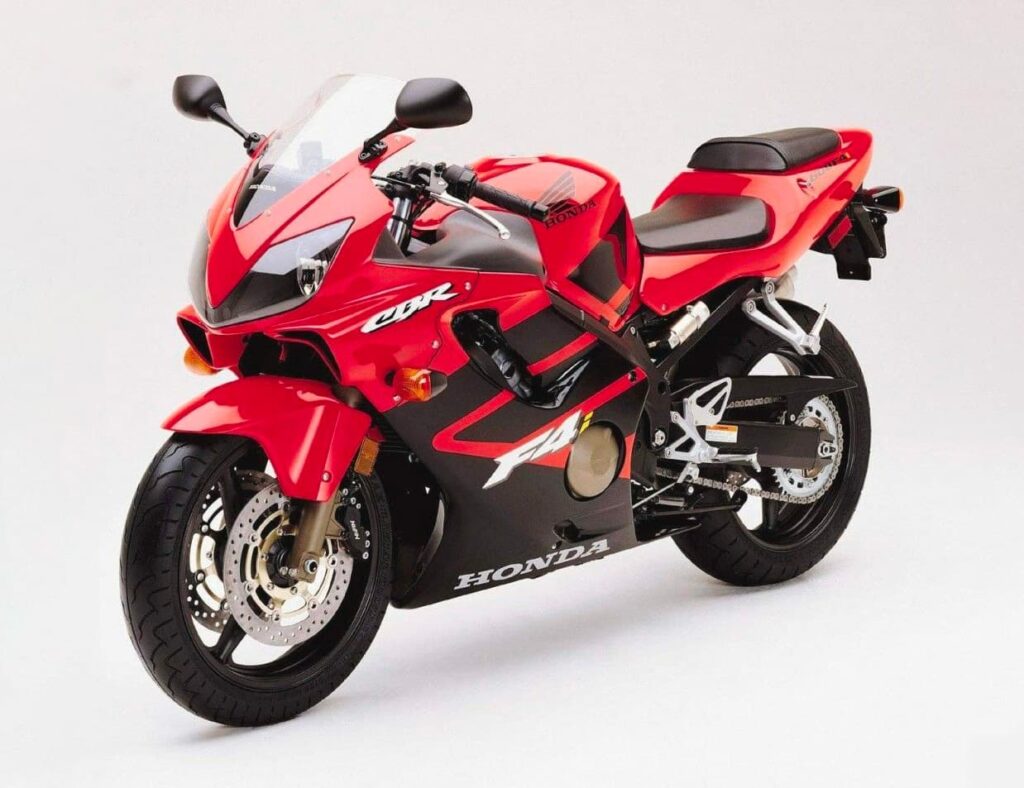
The Honda CBR600F4i (read my review) has the same classic 2000s looks as the VTR1000SP1 / SP2. But it has a four-cylinder engine, of course. The little secret is that these early fours are far from boring, and have a crackling, energetic purr that is pretty satisfying to wind out. I’ve had one, and I’d have one again.
Other than that, the CBR600F4i is a fine everyday sport bike and occasionally track blaster. It’s really an excellent everyday motorcycle — can’t sing its praises enough. I only sold mine because I was leaving the country.
Best part — the CBR600F4i can still be had for a song.
Don’t get a Suzuki GSX1100S Katana…
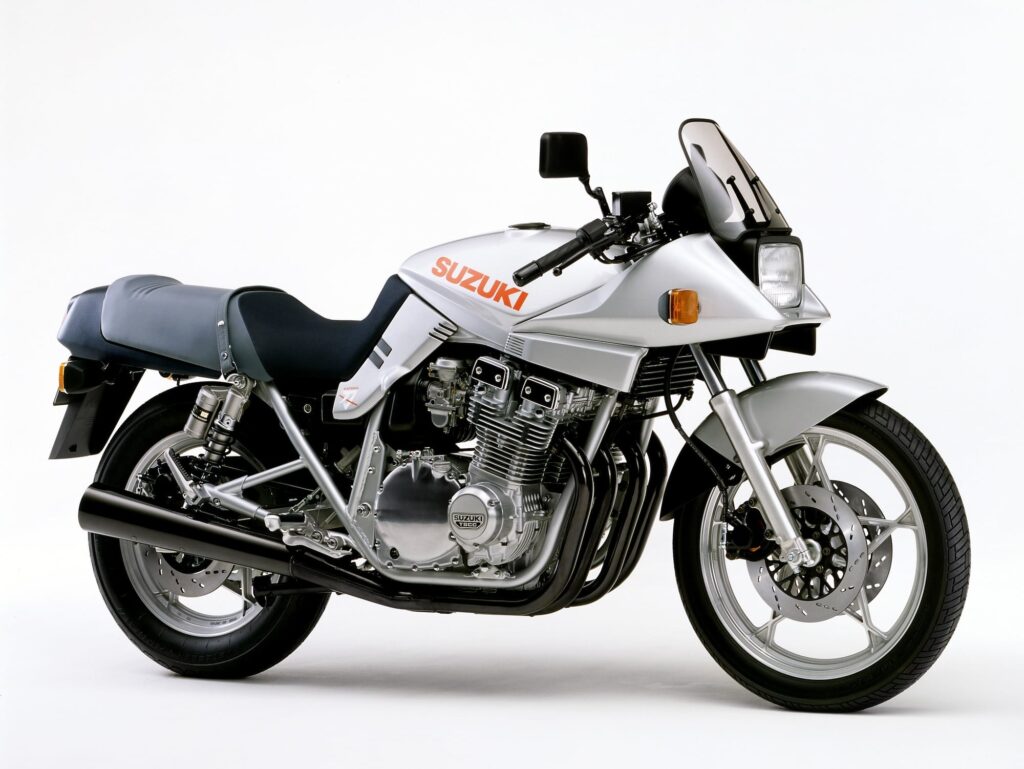
… Get a vintage Suzuki GSX-R1100 instead. Or heck, a modern GSX-S1000 Katana!
I grew up with the Suzuki Katana 1100. I remember it being ahead of its time. I liked it; it reminded me of the 80s sports cars of which I was also a fan. Worst of all, I remember that it — like the 80s sports cars that are now collectibles, too — was cheap!
These days, the GSX1100S Katana (and especially the 1100, not the 750 for some reason) is a very expensive collectible. It’s not even the most awesome bike in the world. It’s just interesting.
But the Katana got its engine from the air/oil-cooled Suzuki GSX-R1100. So you can get a GSX-R1100 and you’d have a same-vintage engine, in a motorcycle that’s classic for similar reasons (it looks awesome!) — just nowhere near as expensive.
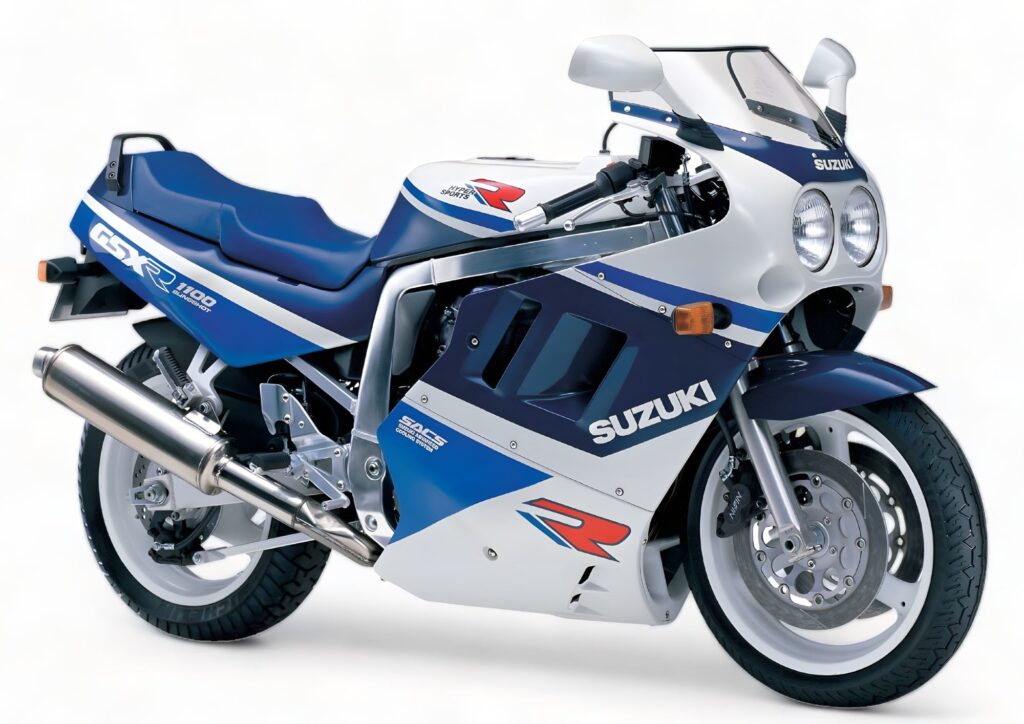
The Suzuki GSX-R1100 has that classic look — twin headlights, beautiful colours, and white wheels. Yes, it’s heavy — but we’re not comparing it to the modern GSX-R1000 that eventually replaced it.
Best of all, even the air/oil-cooled version made more power than the Katana, which had a detuned engine. If you want even more power, and still a classic bike, the 1993-onward liquid-cooled GSX-R1100 goes even further.
You could also get the modern GSX-S1000 Katana, which is a very good bike, just overshadowed by a lot of the streetfighter competitors that eclipse it in power, weight savings, and features. But for those who value 80’s sports bikes, not style!
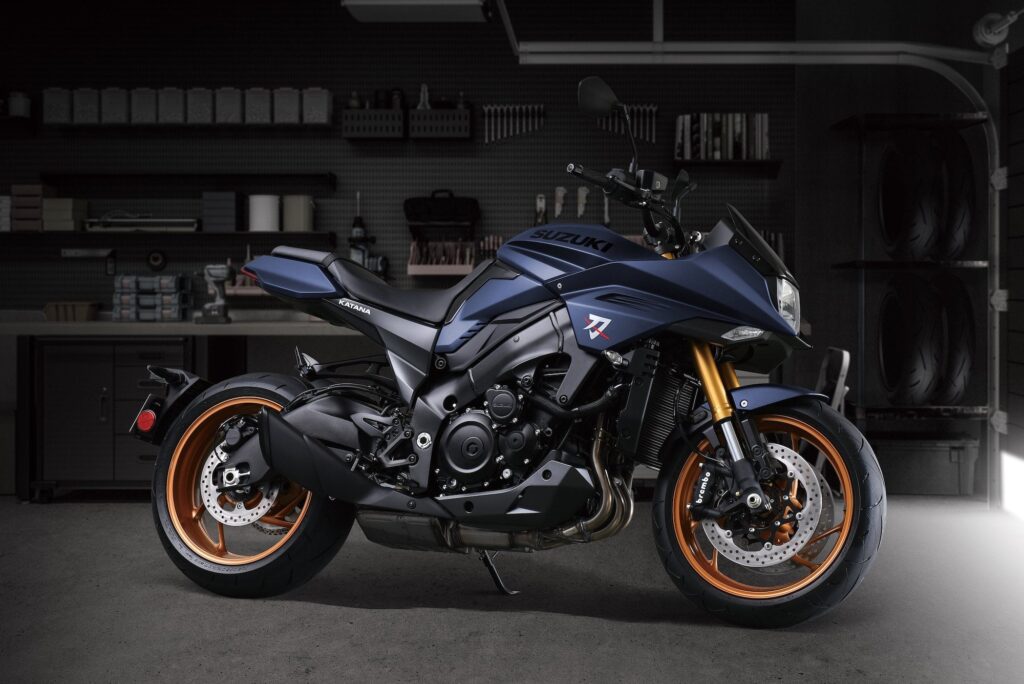
The modern Suzuki Katana, released in 2021, is based on the same 999 cc liquid-cooled inline four-cylinder engine that the other GSX-S1000 bikes have had since 2015. The engine is awesome, in its latest incarnation (since 2022) making 112 kW / 150 hp at 11000 rpm.
The engine is derived from the K5 GSX-R1000, which is another classic on this list! So this makes the Katana one of the other alternatives to that ageing superbike.
Other Classics
The above are affordable alternatives to classics that I’ve found myself, based on bikes that I think of as classics.
If you have others you’d like to suggest, I’m all ears!

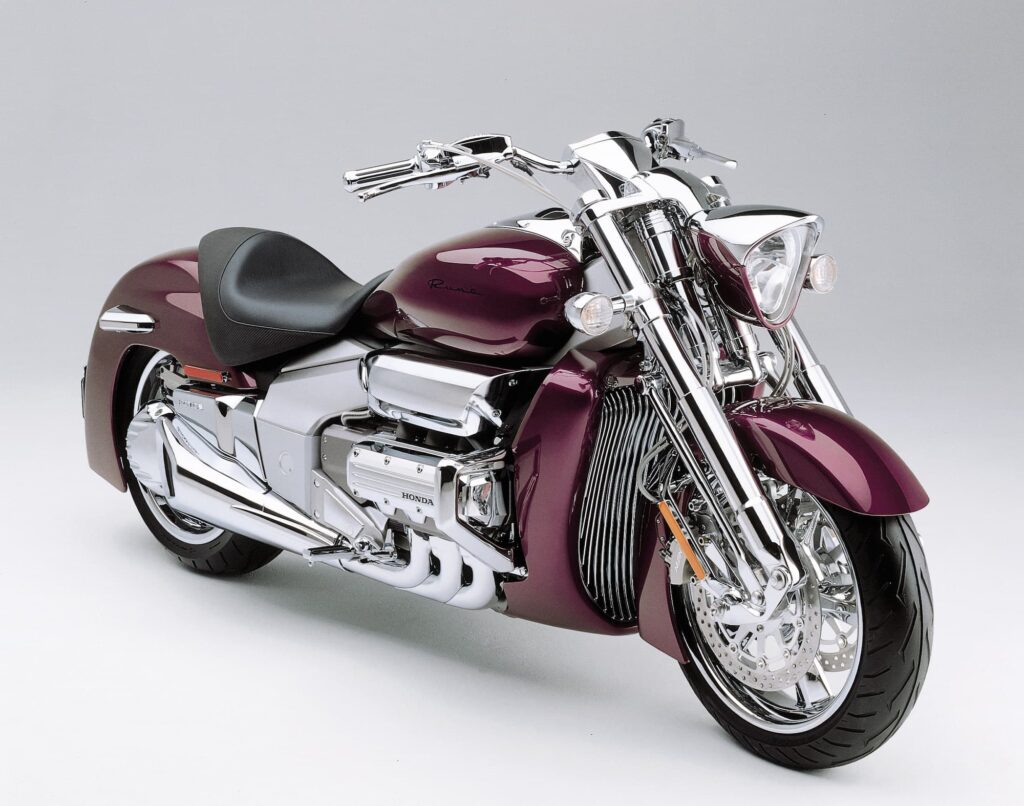
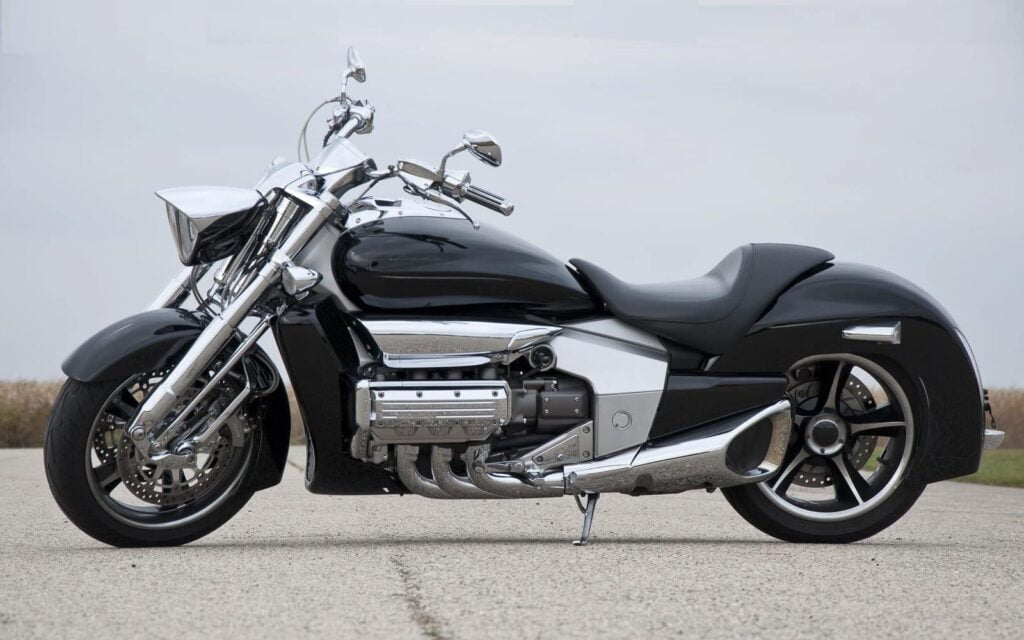
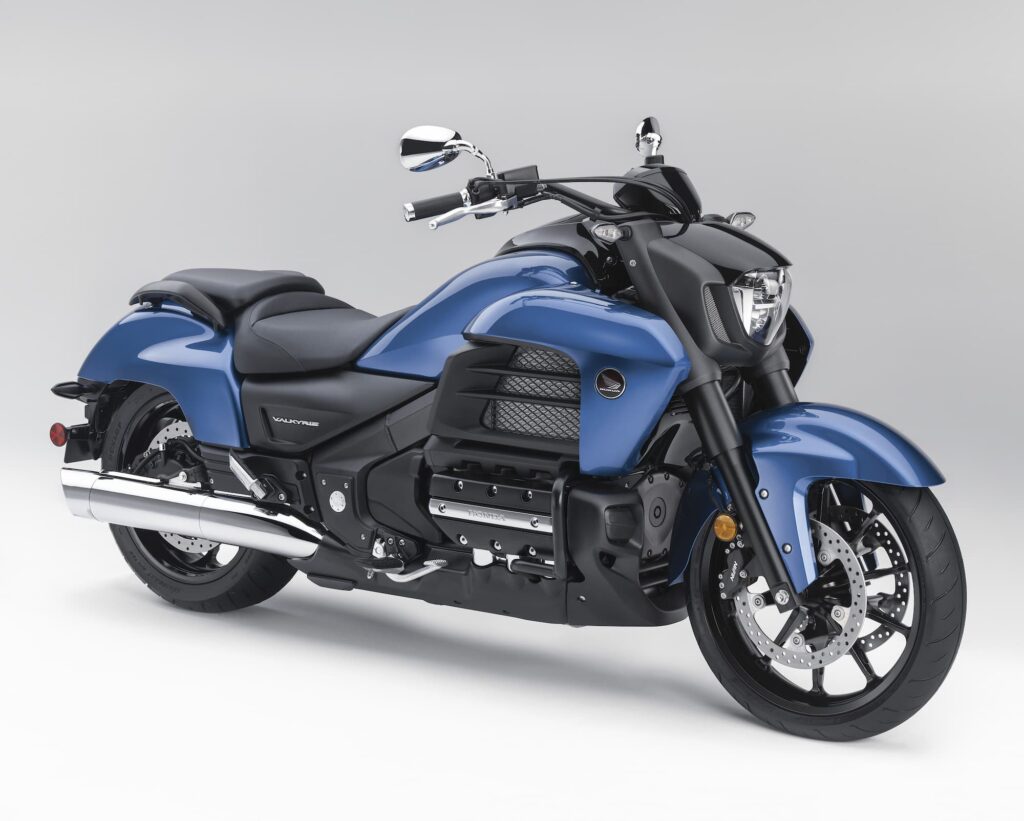
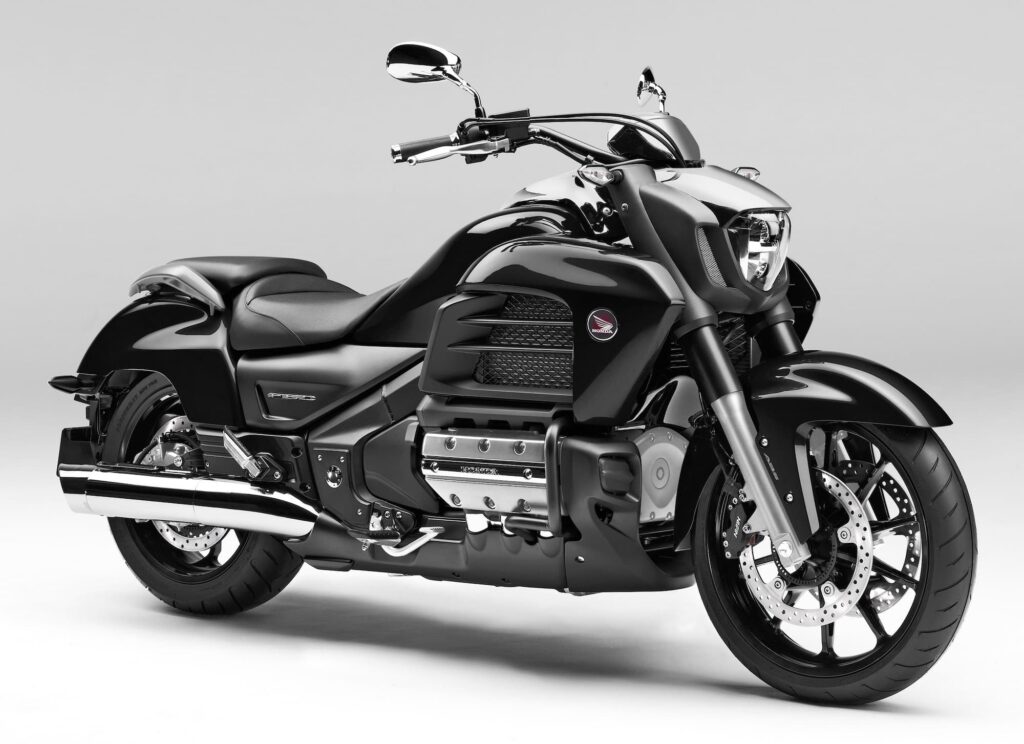
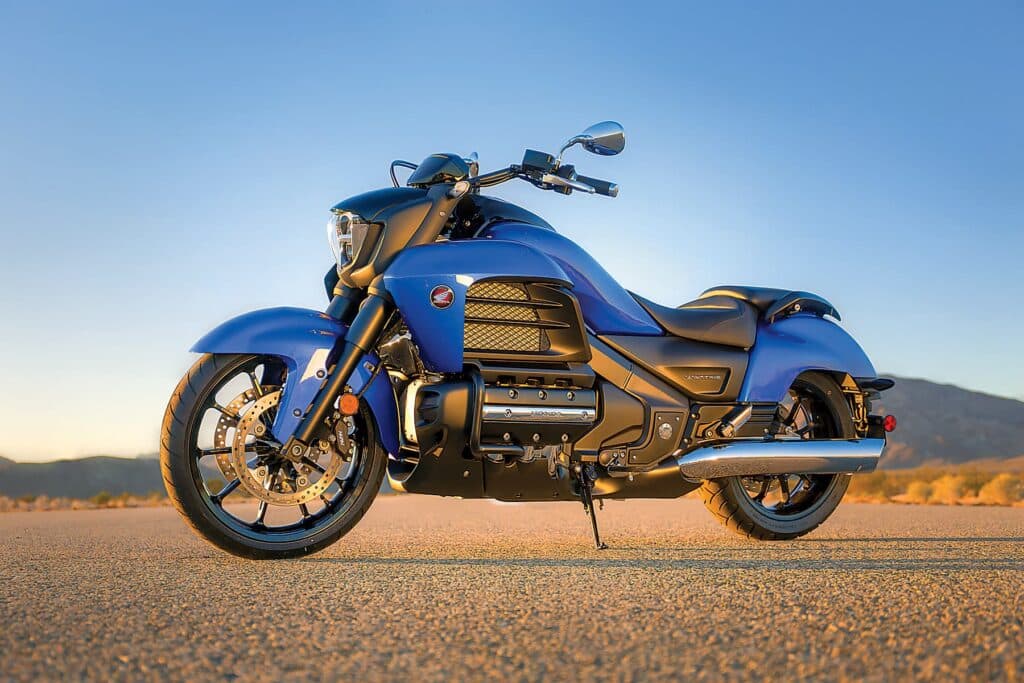
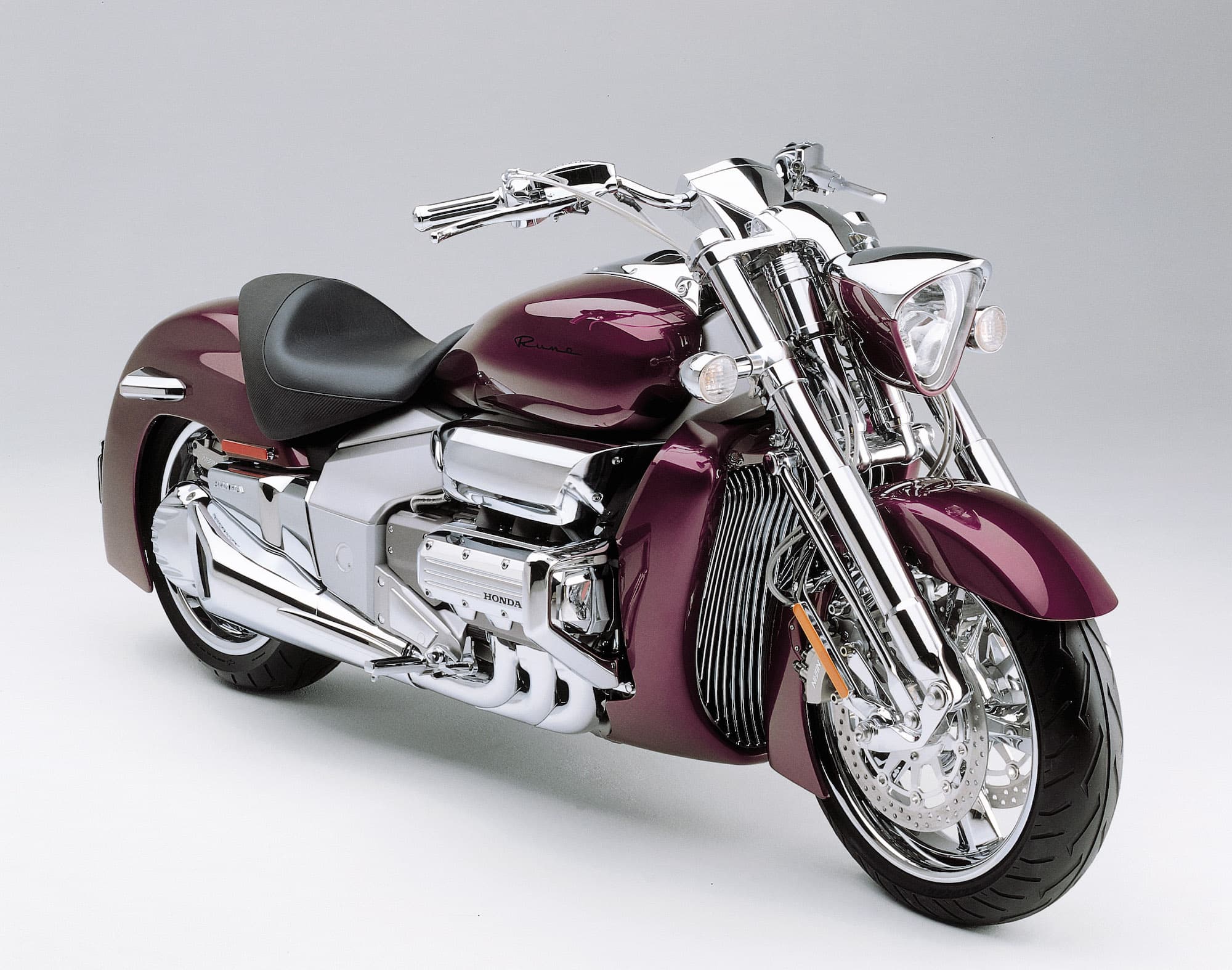
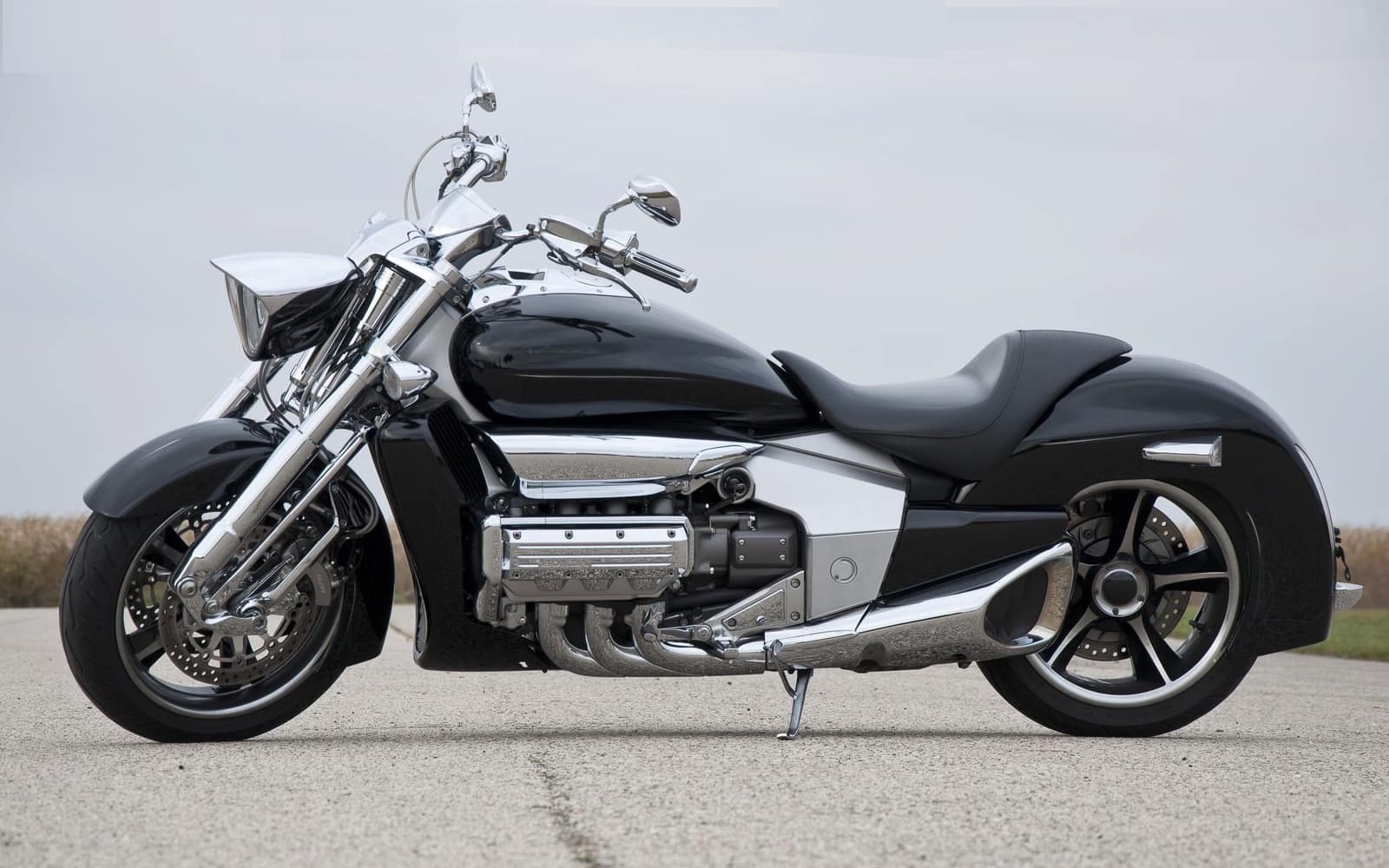
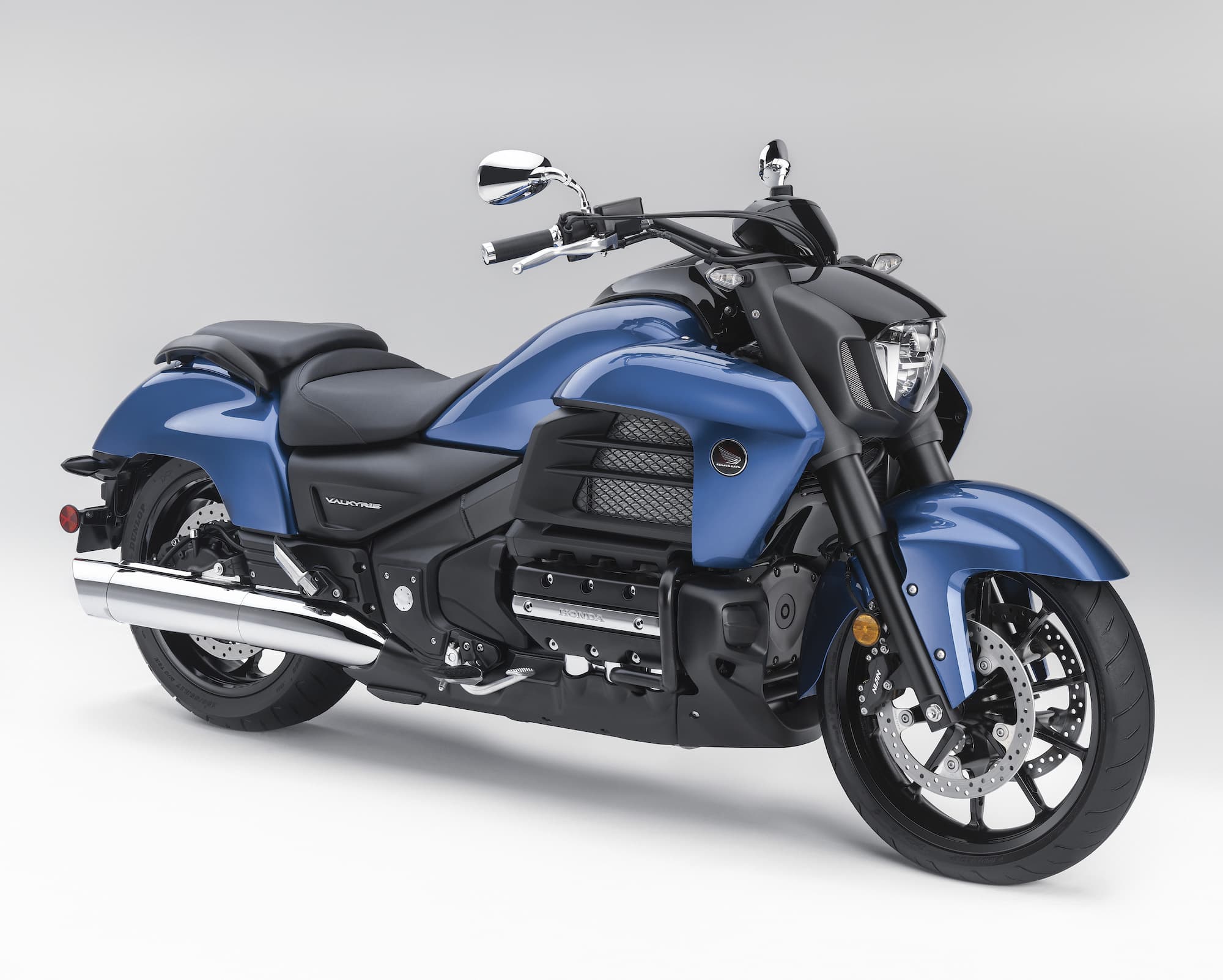

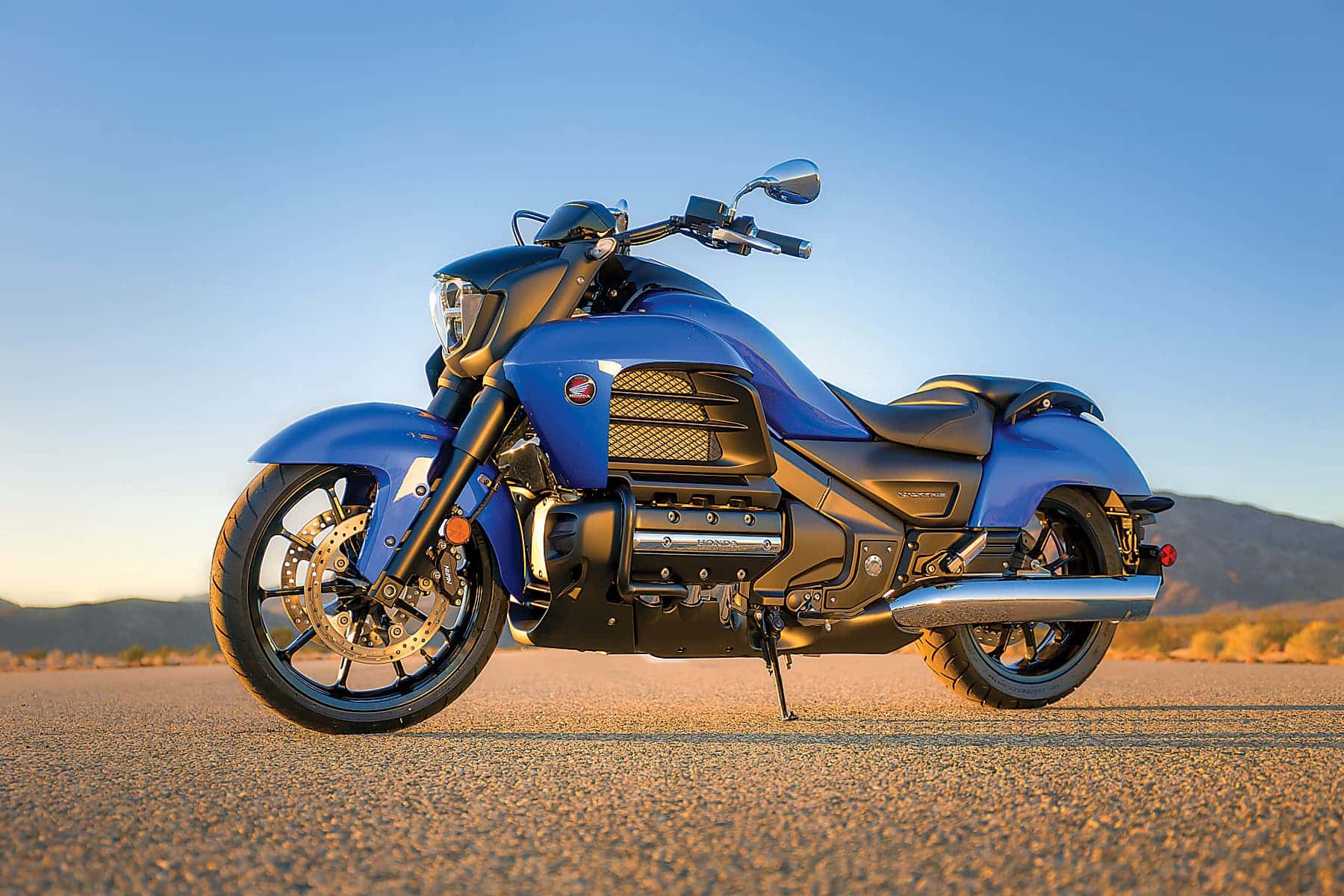
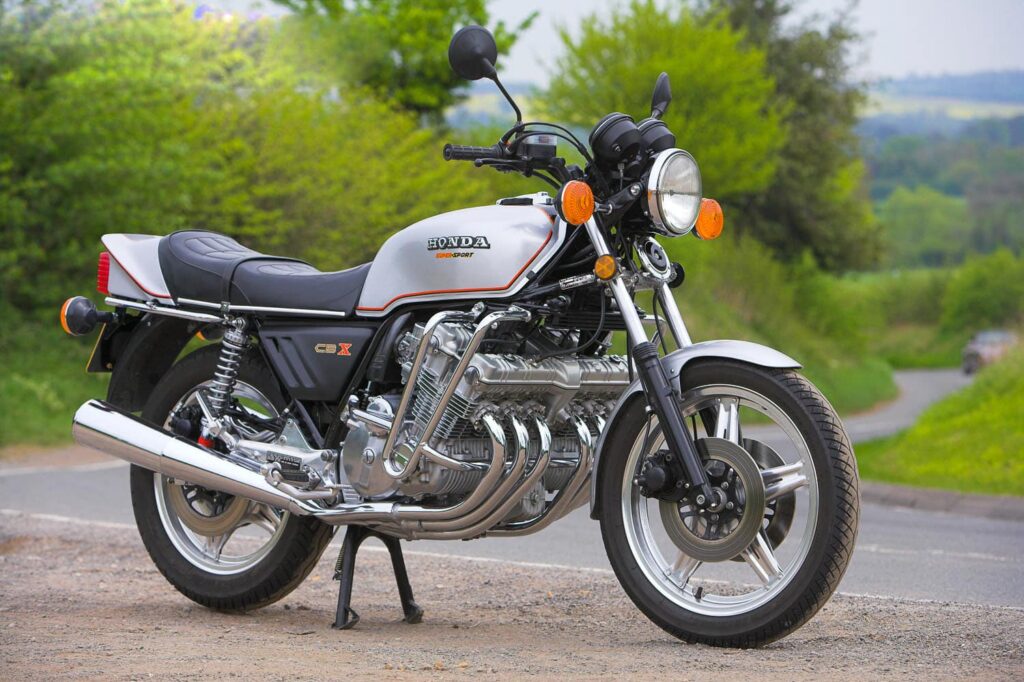
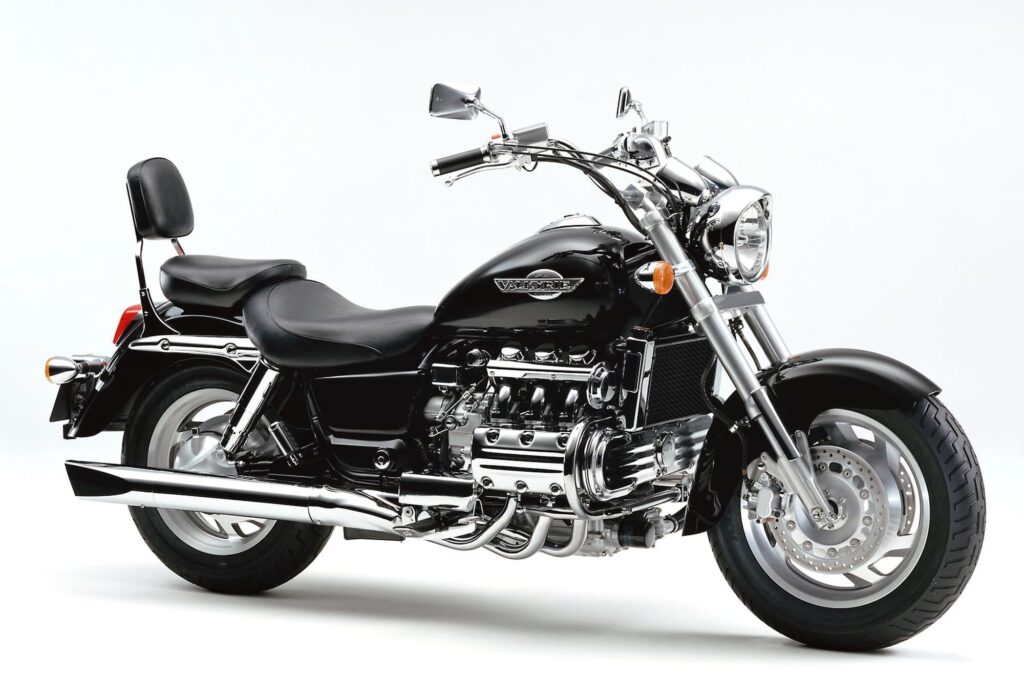
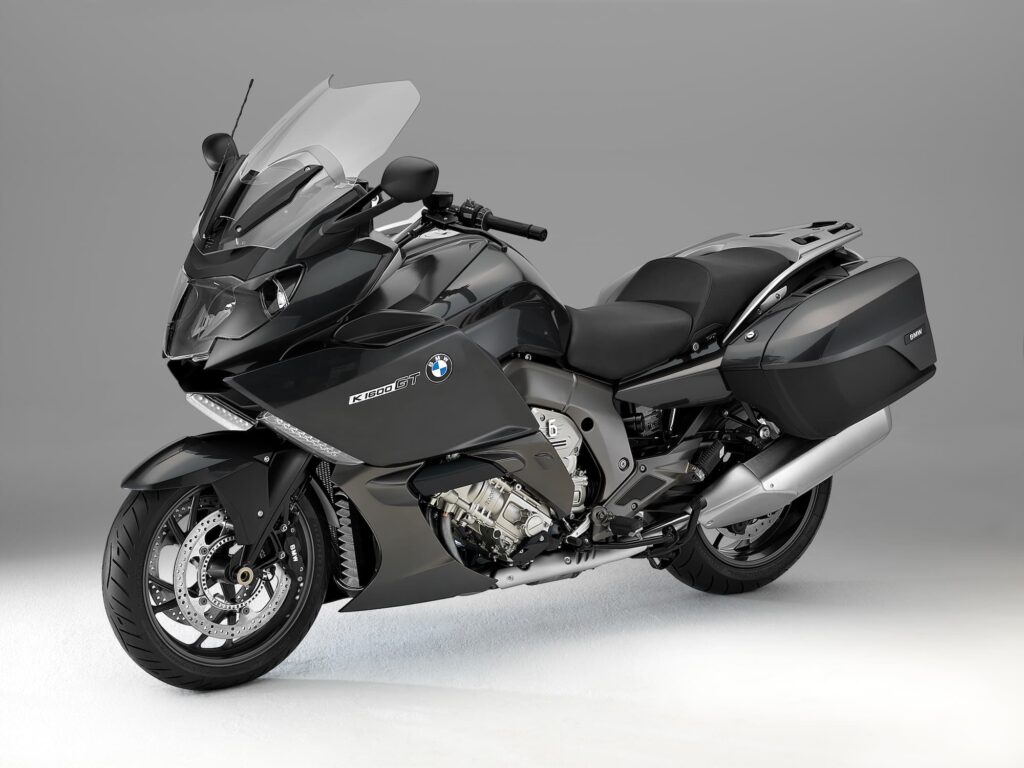
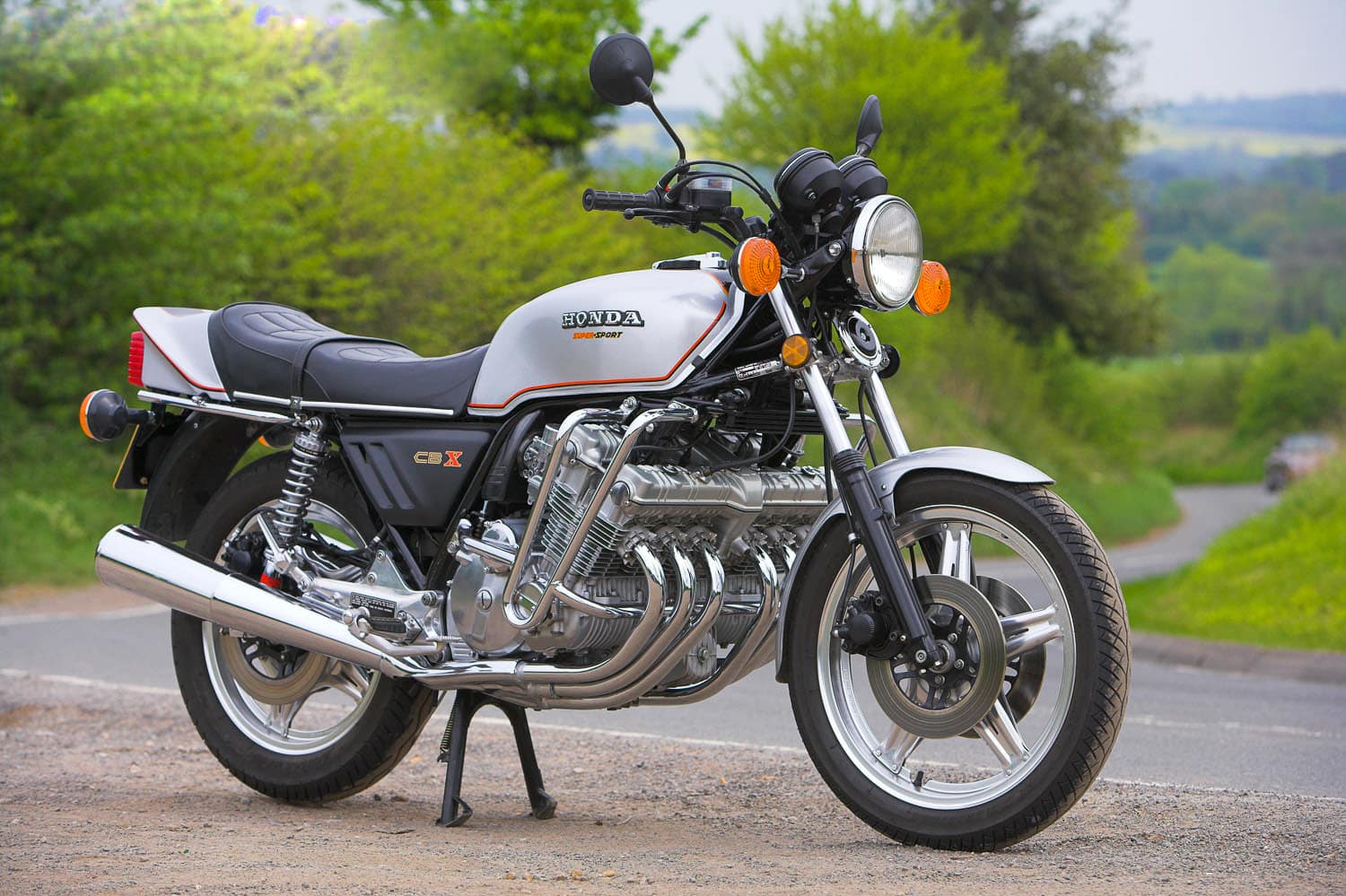
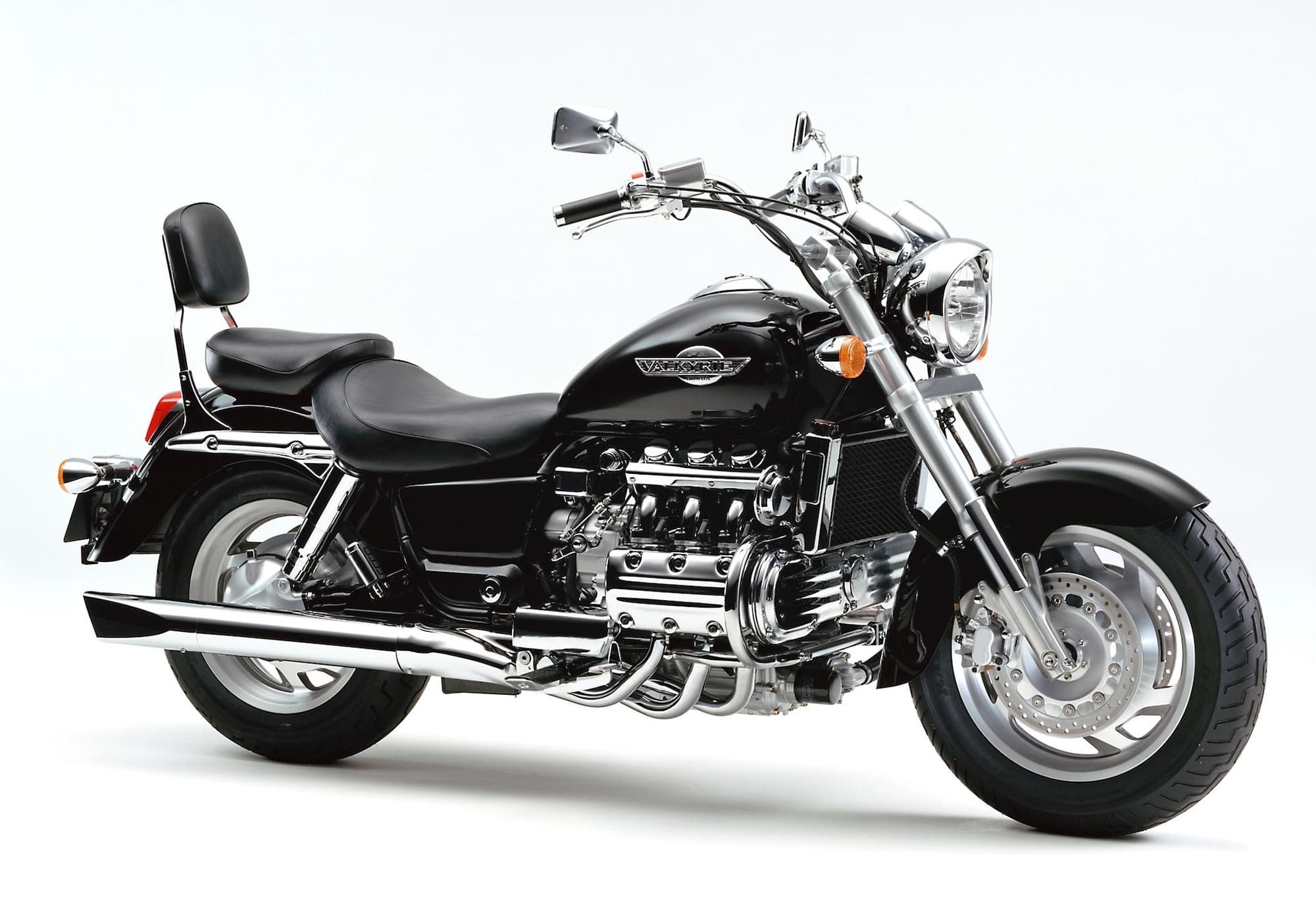

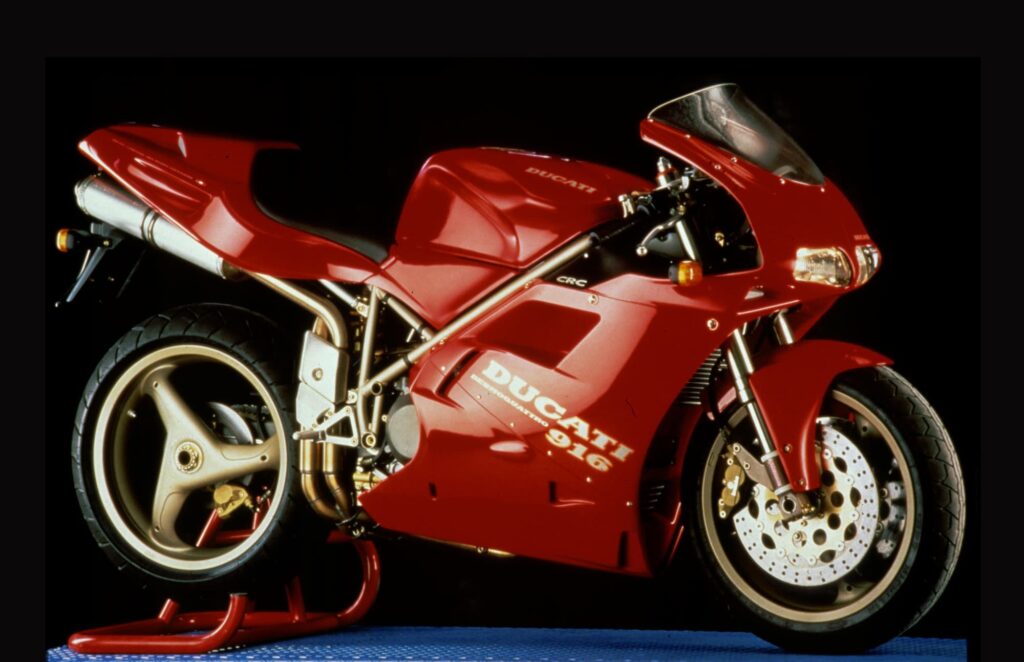
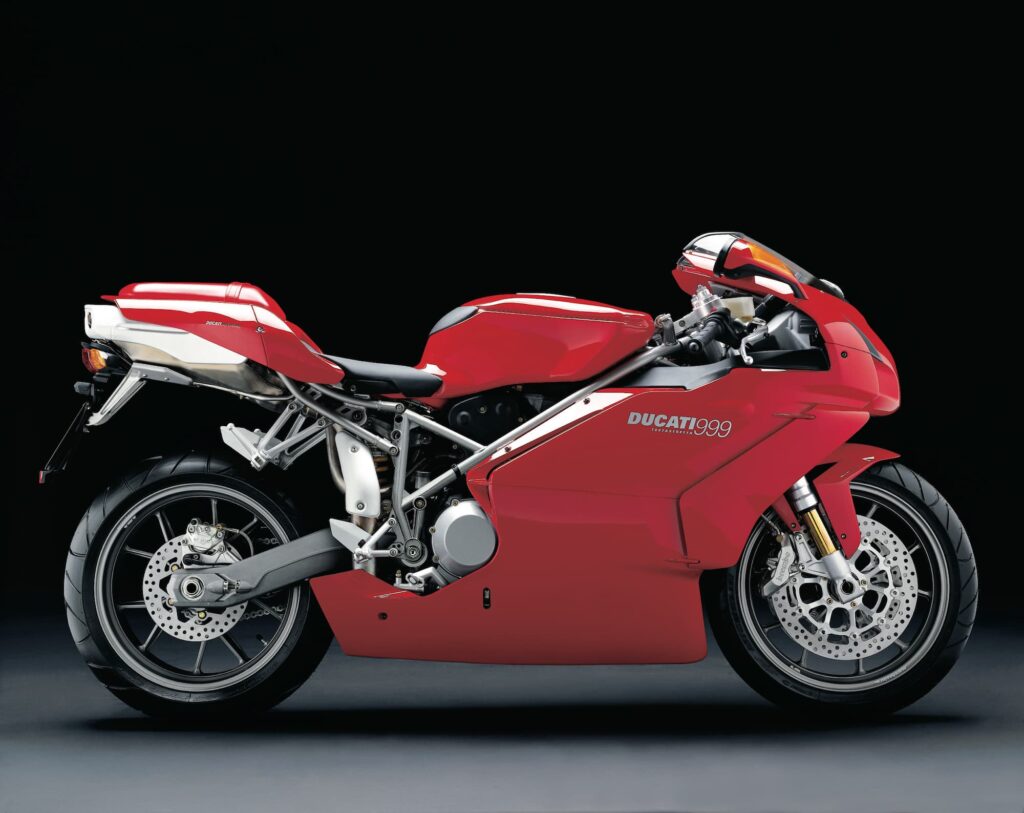
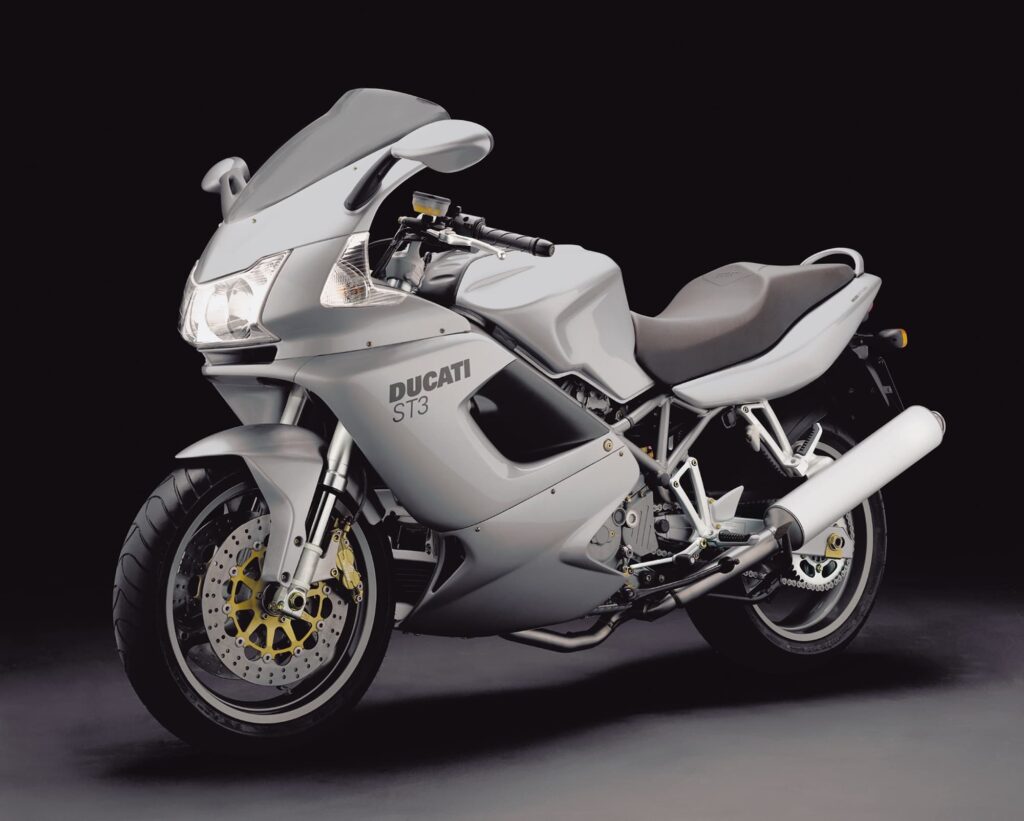
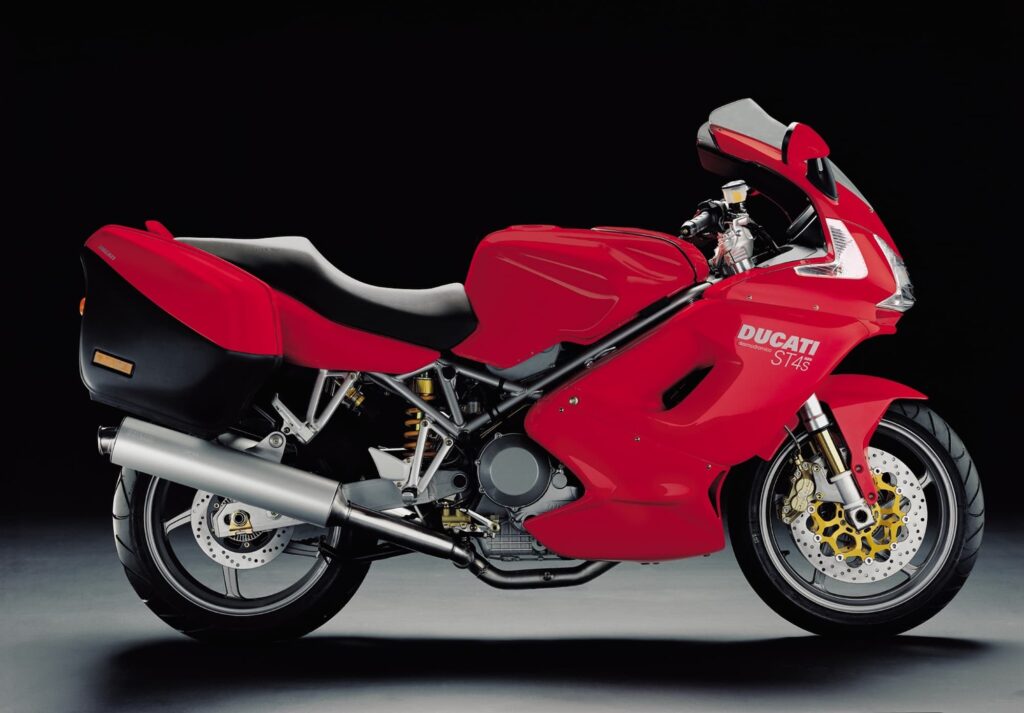
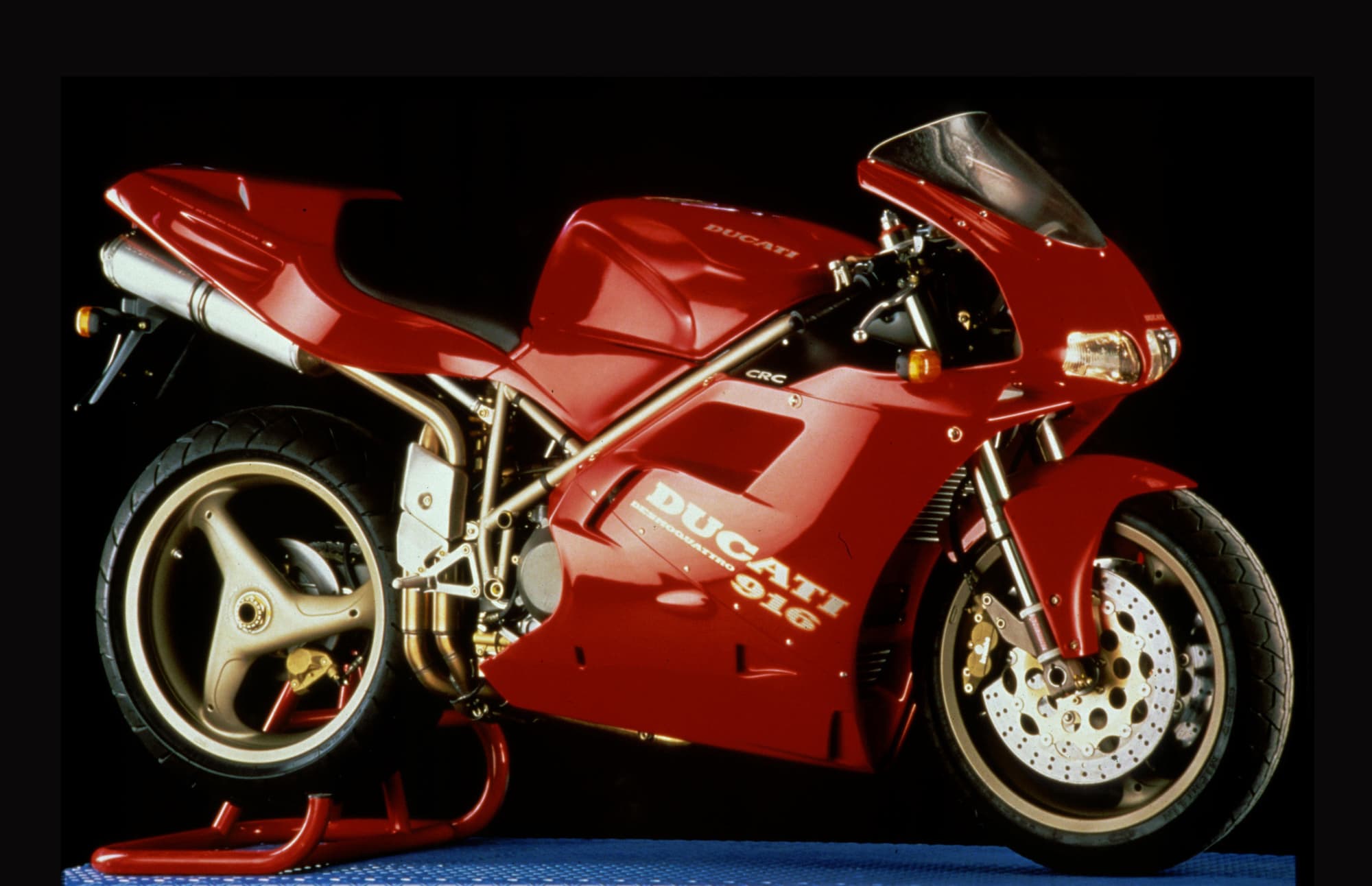
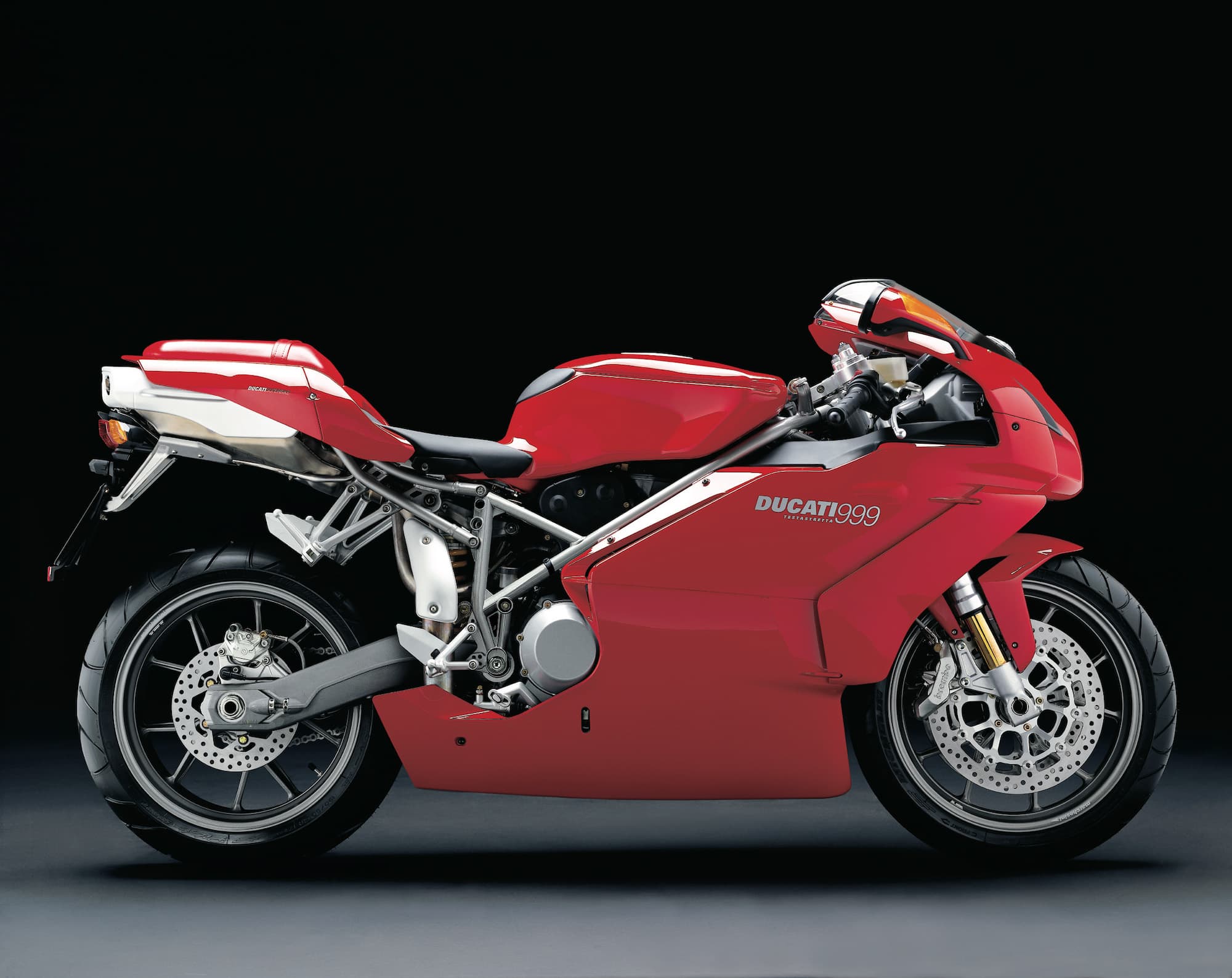
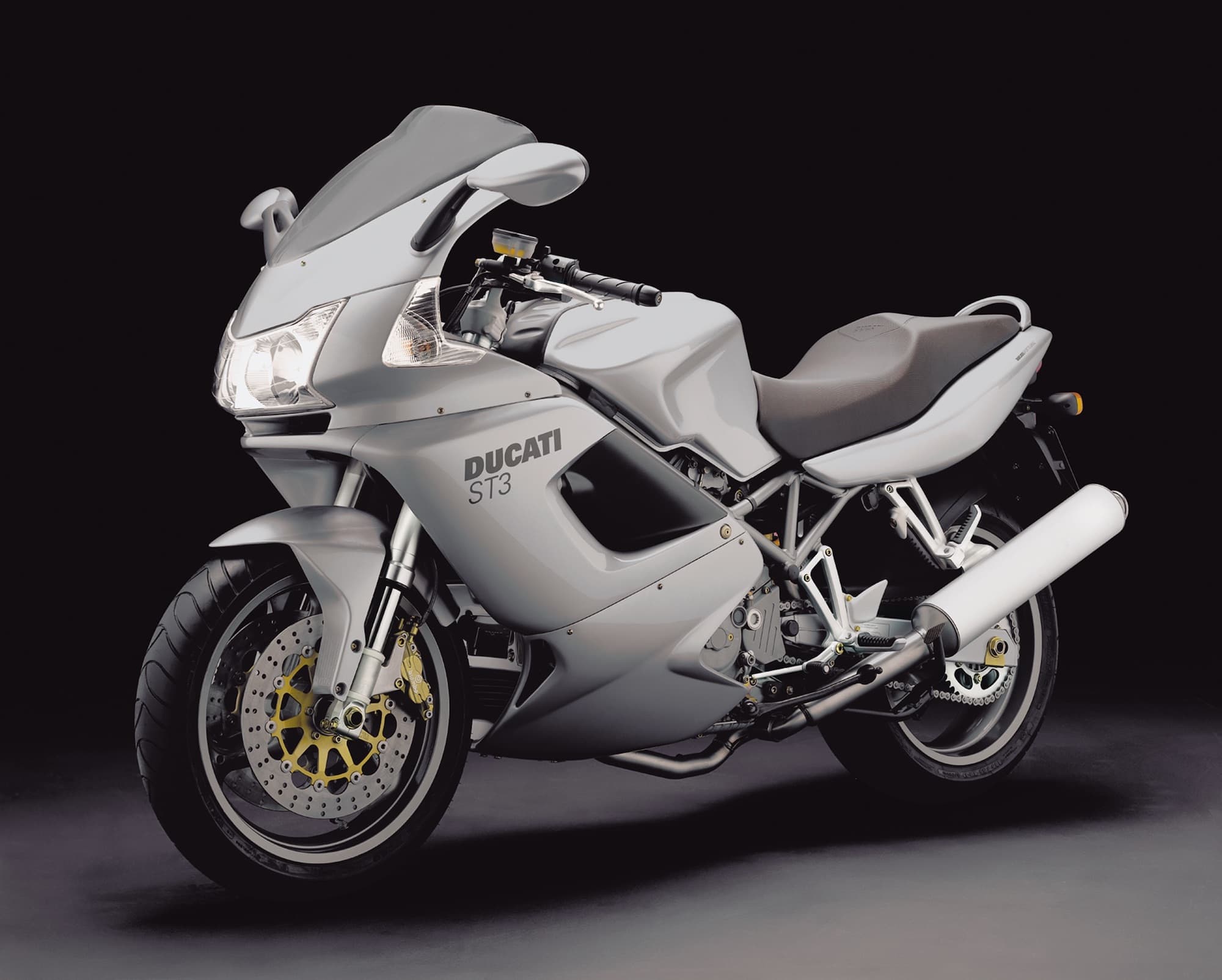
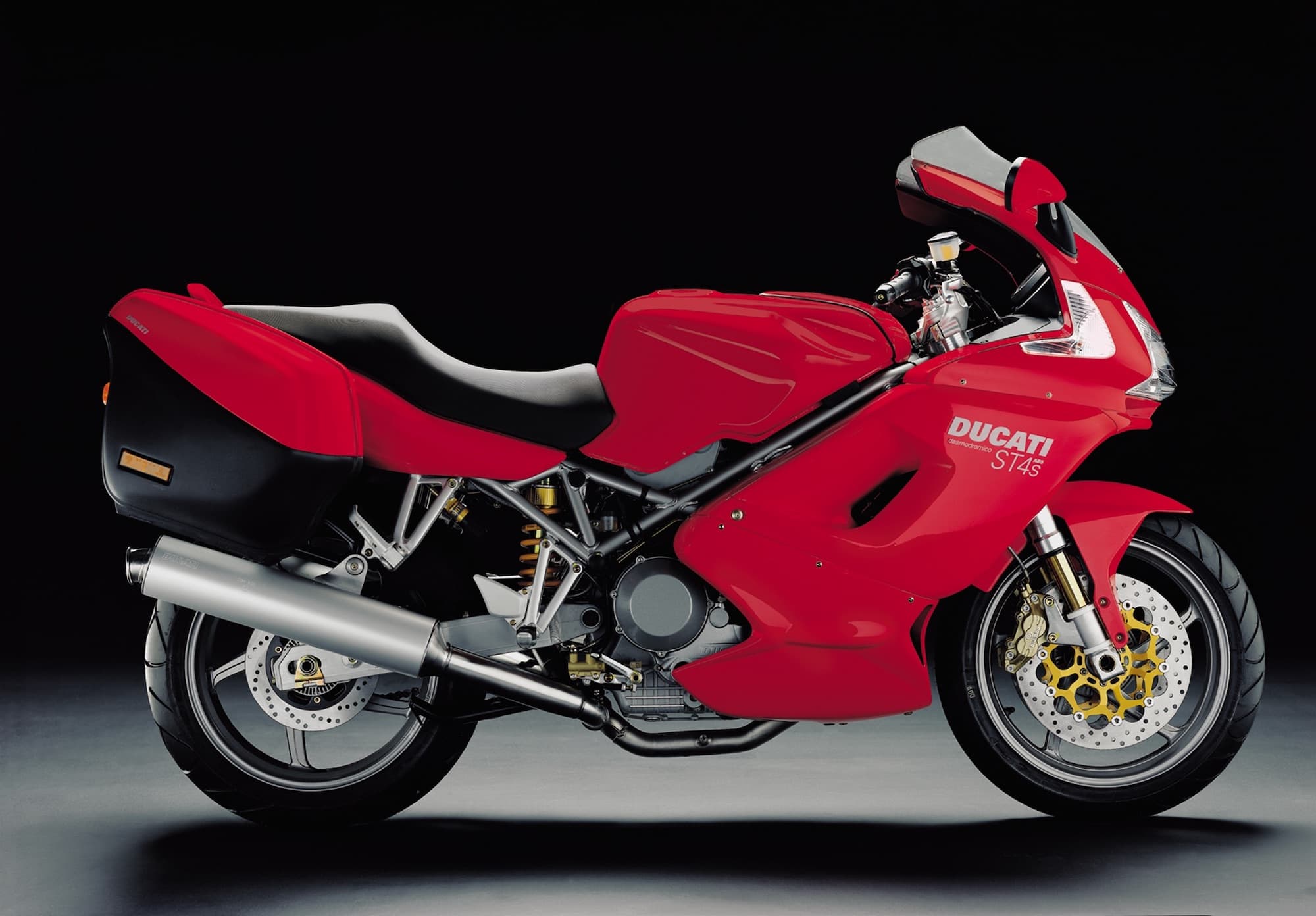
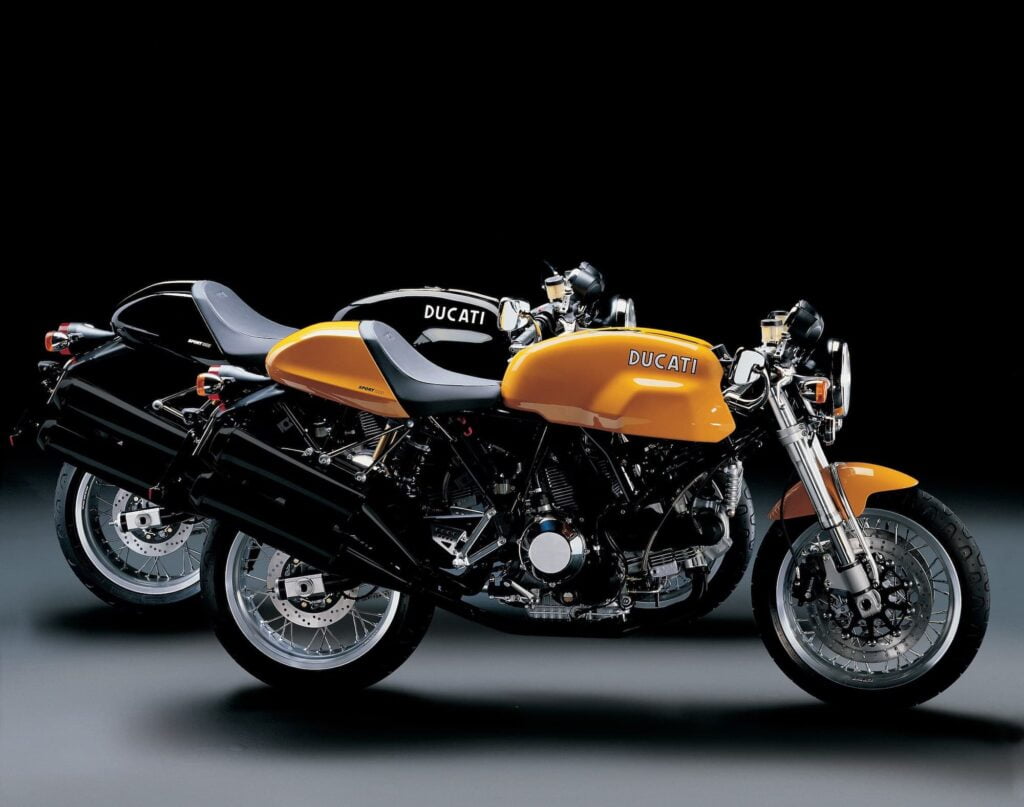
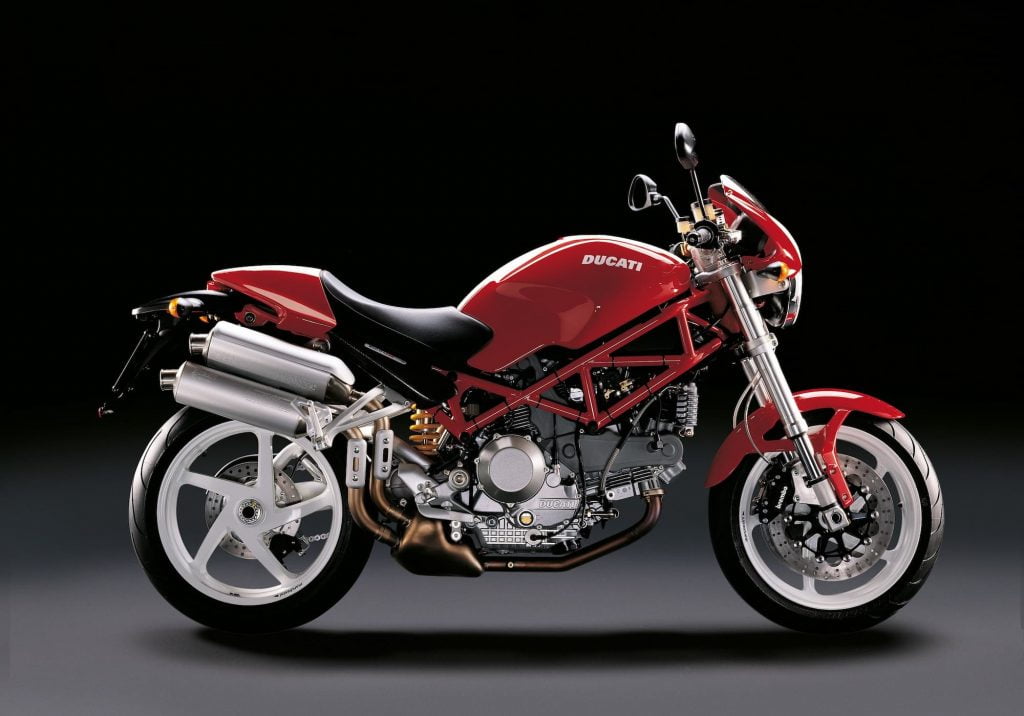
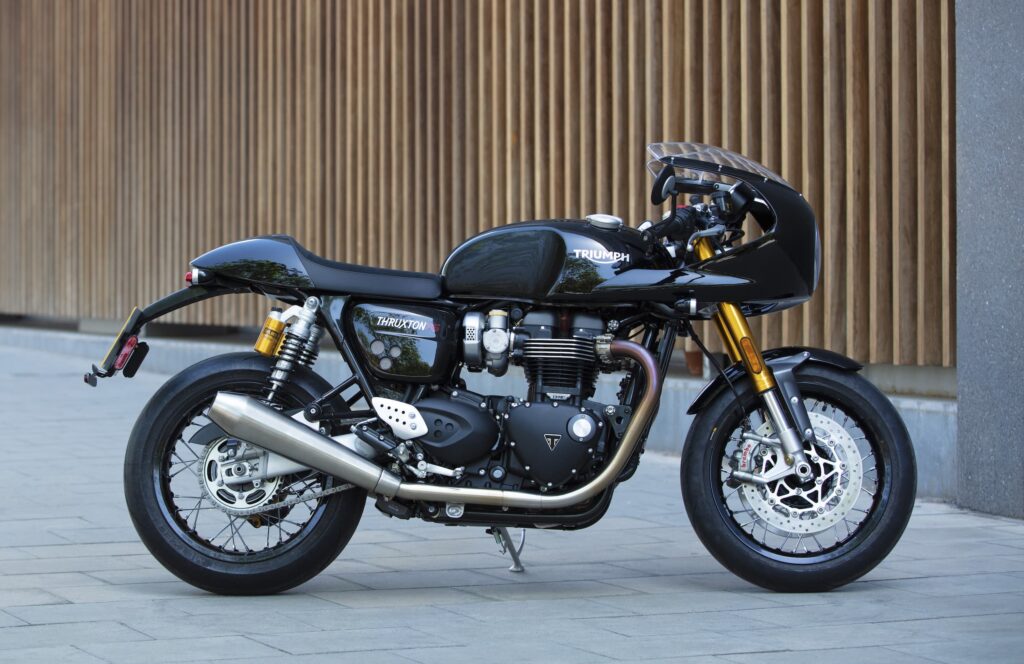
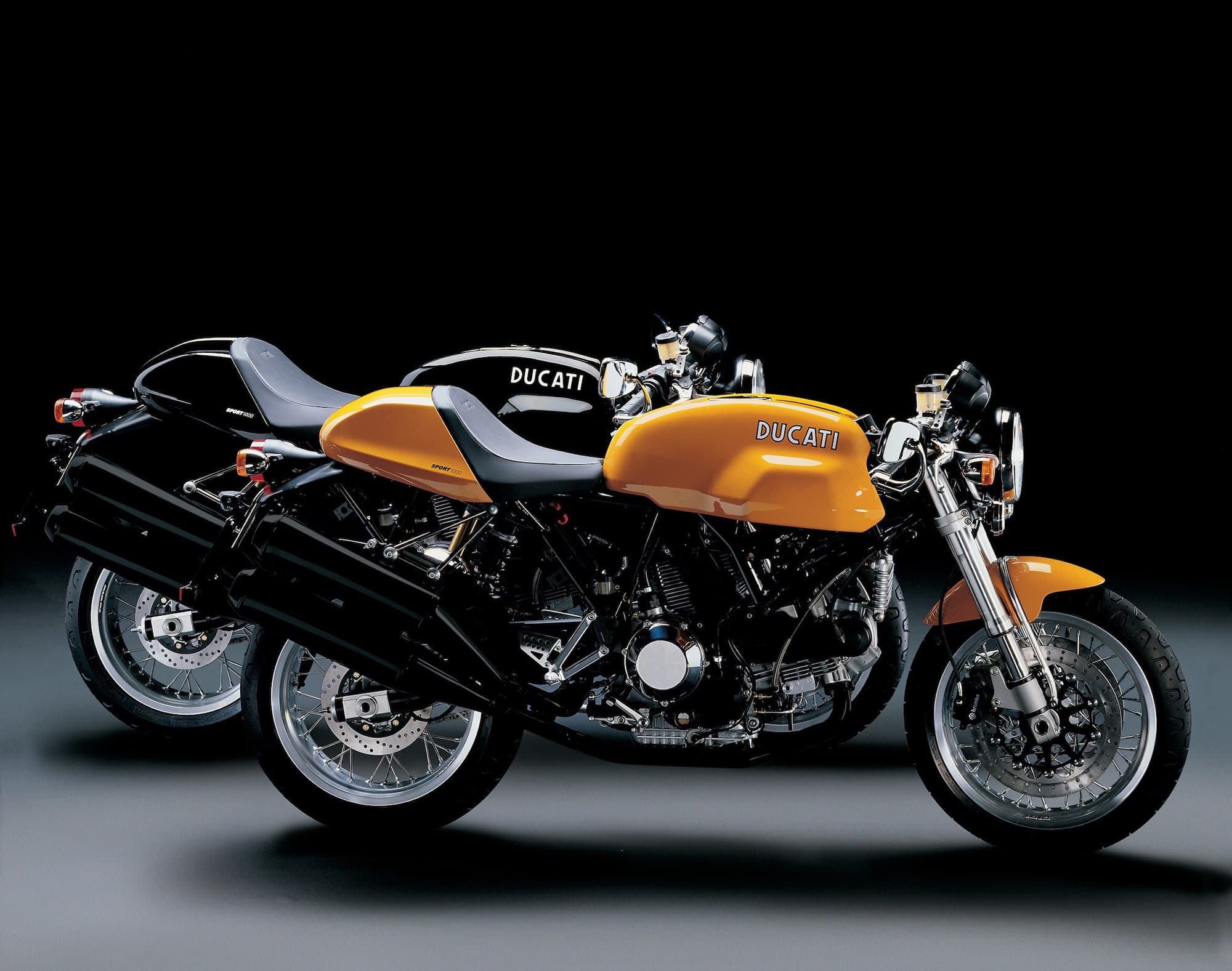
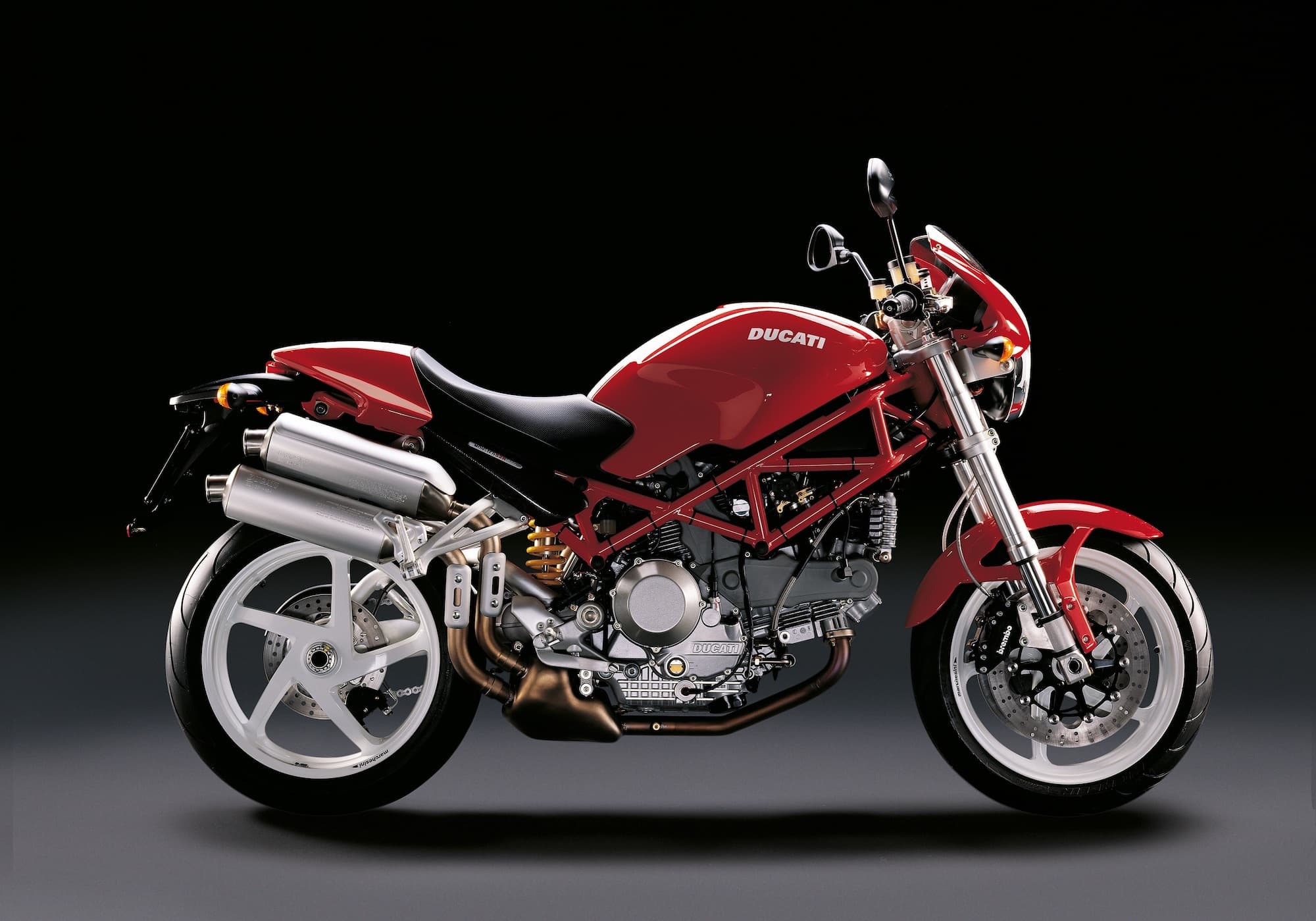
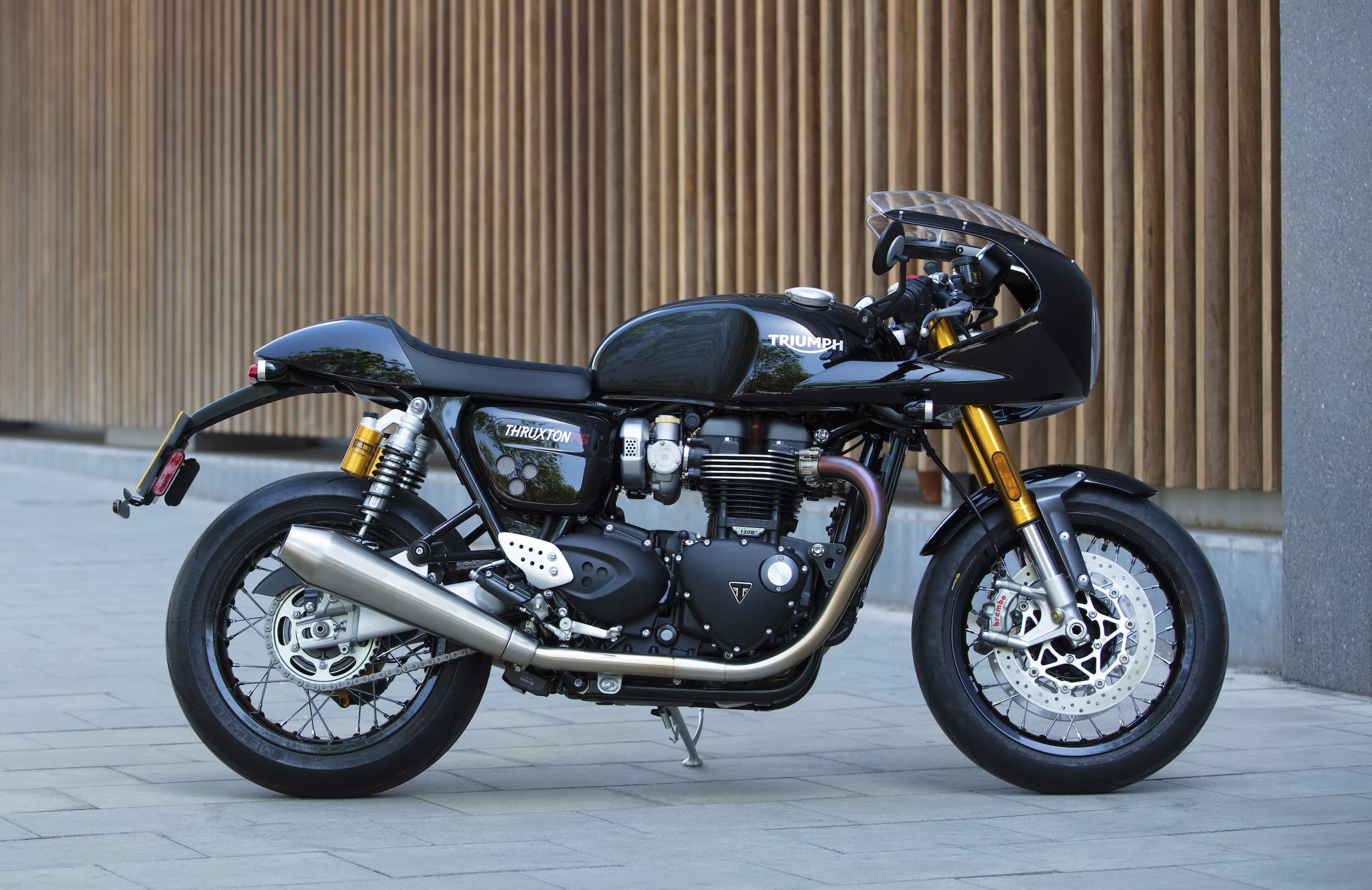
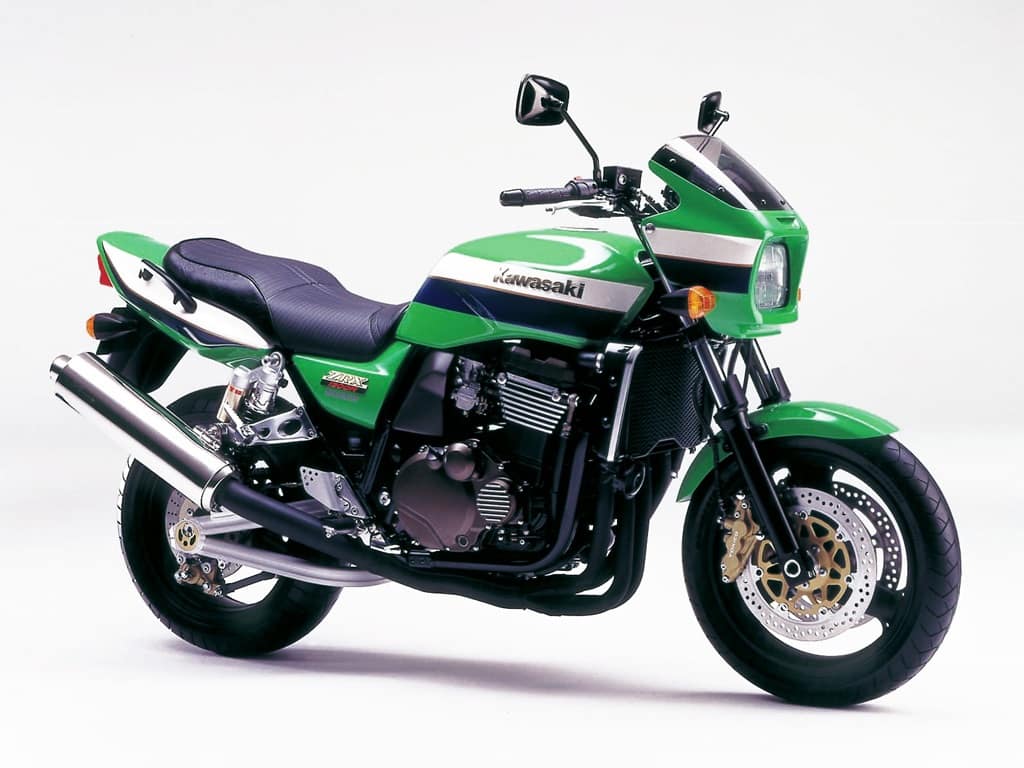
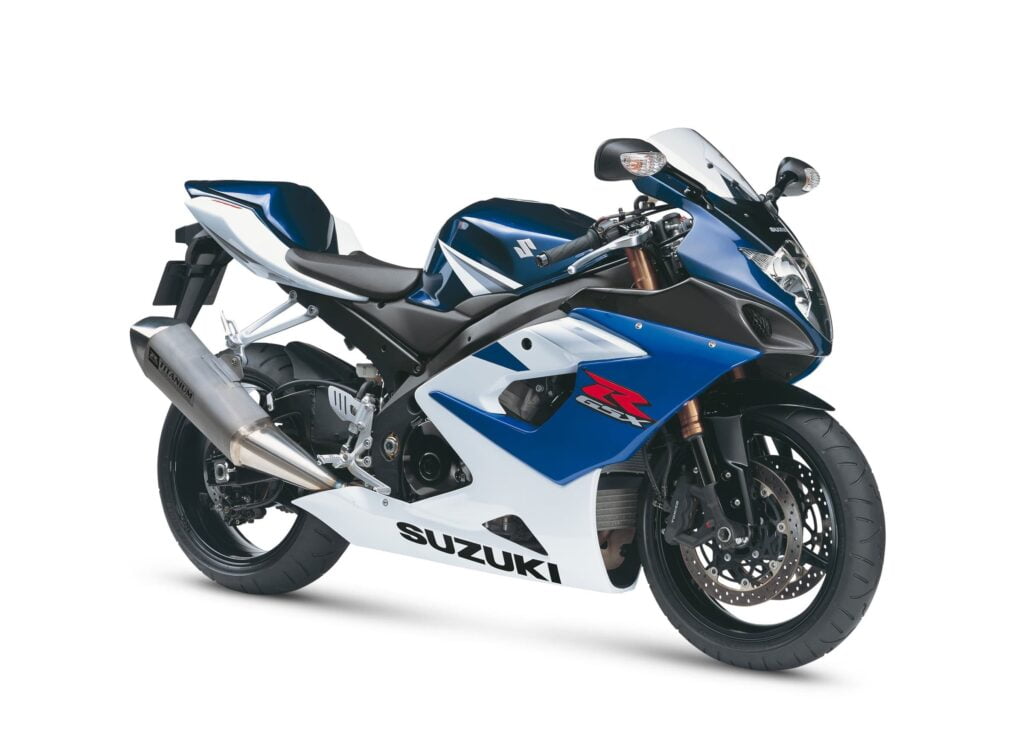
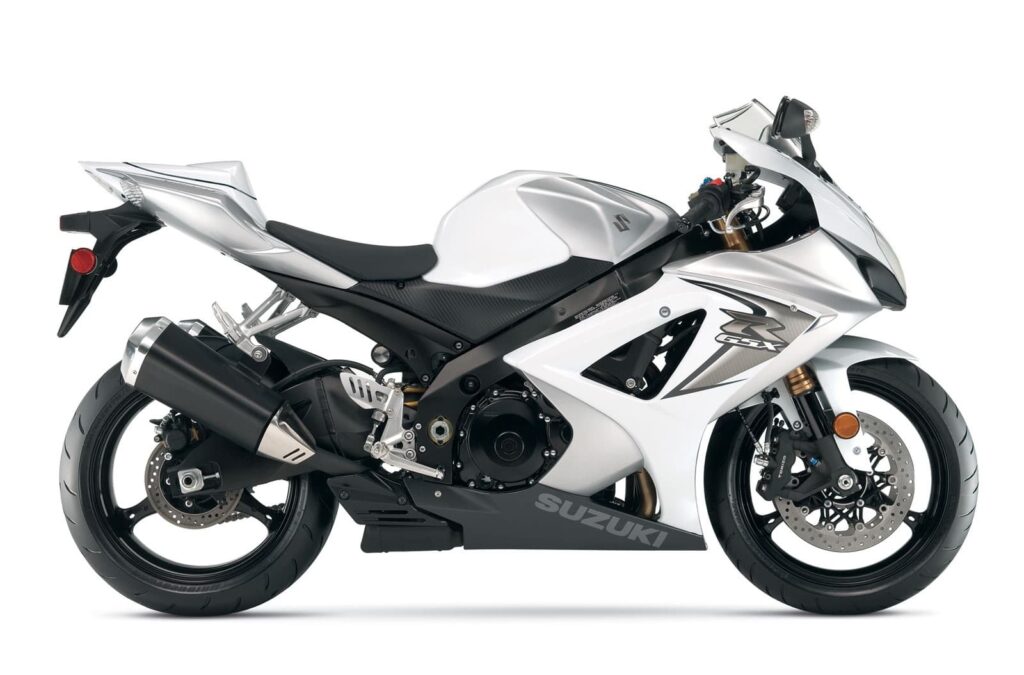
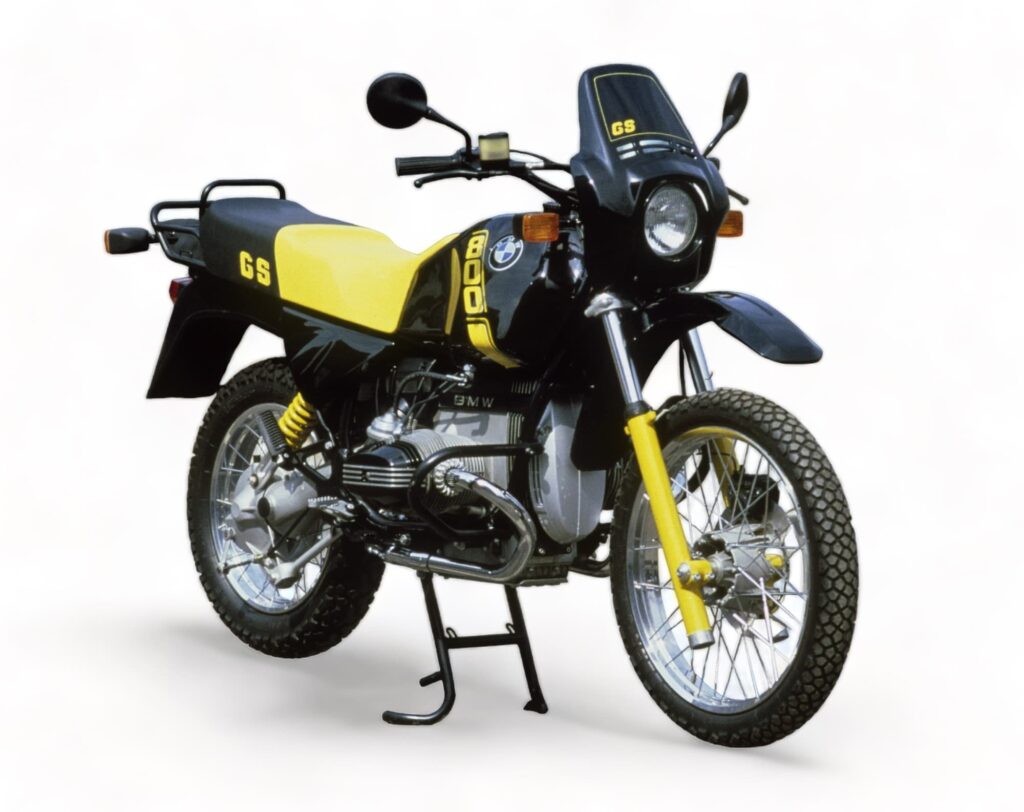
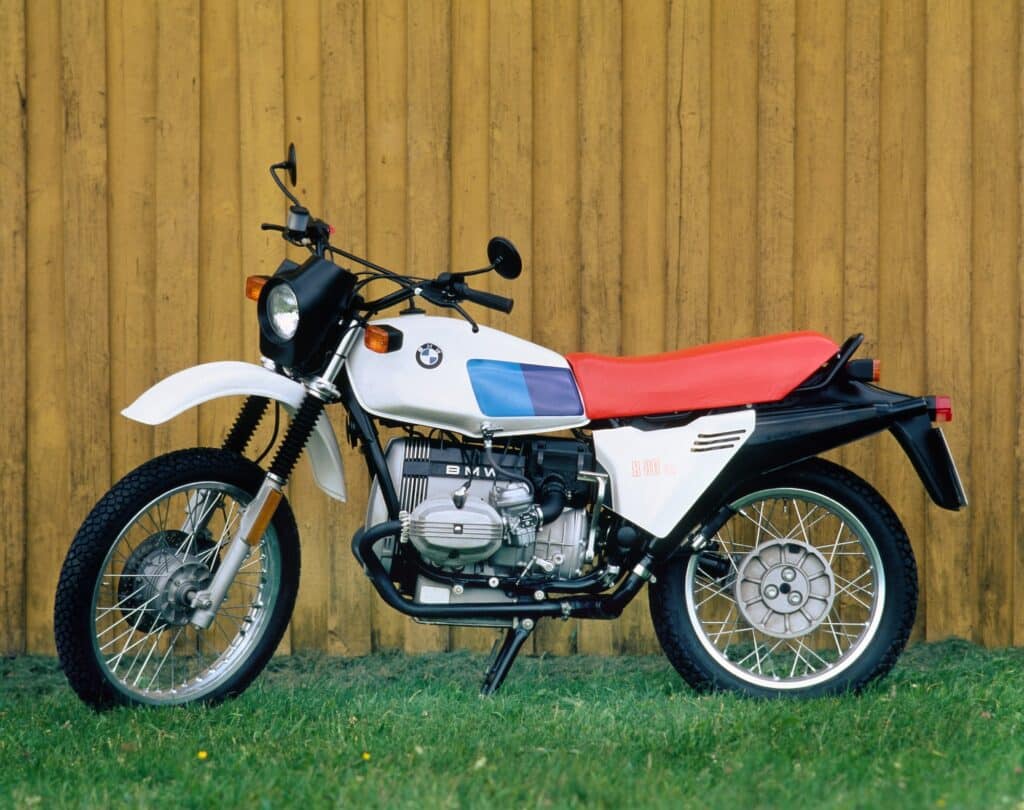
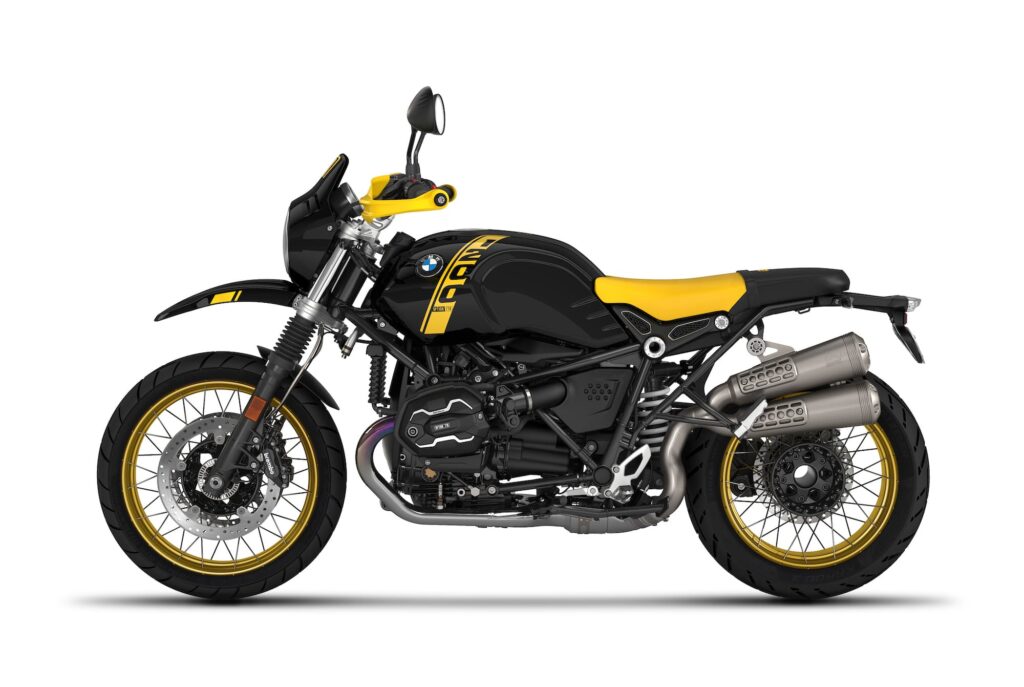
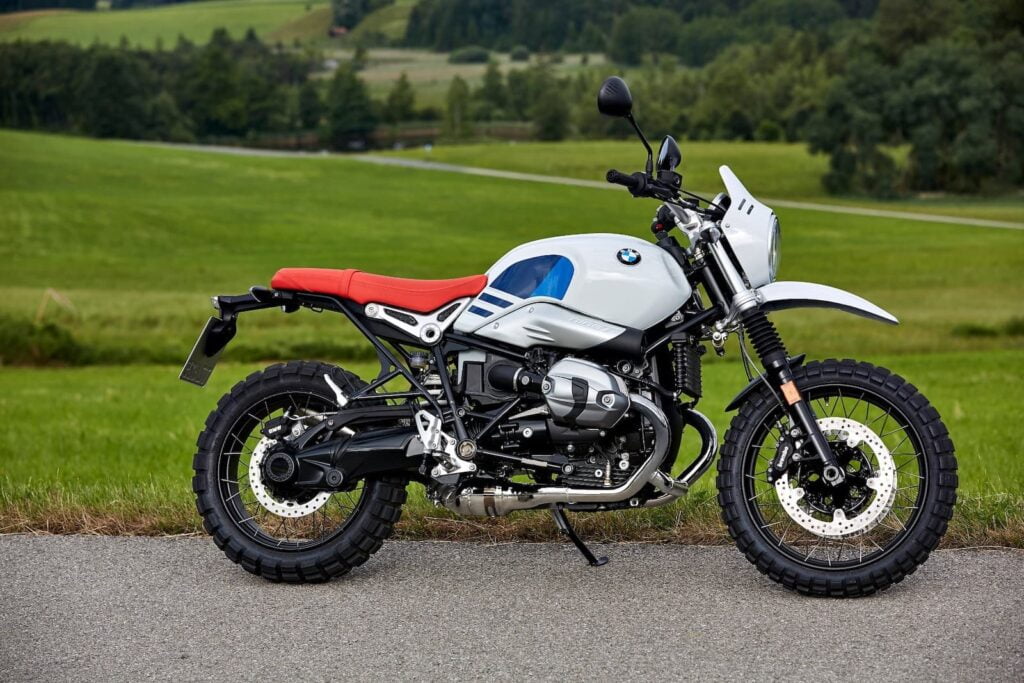
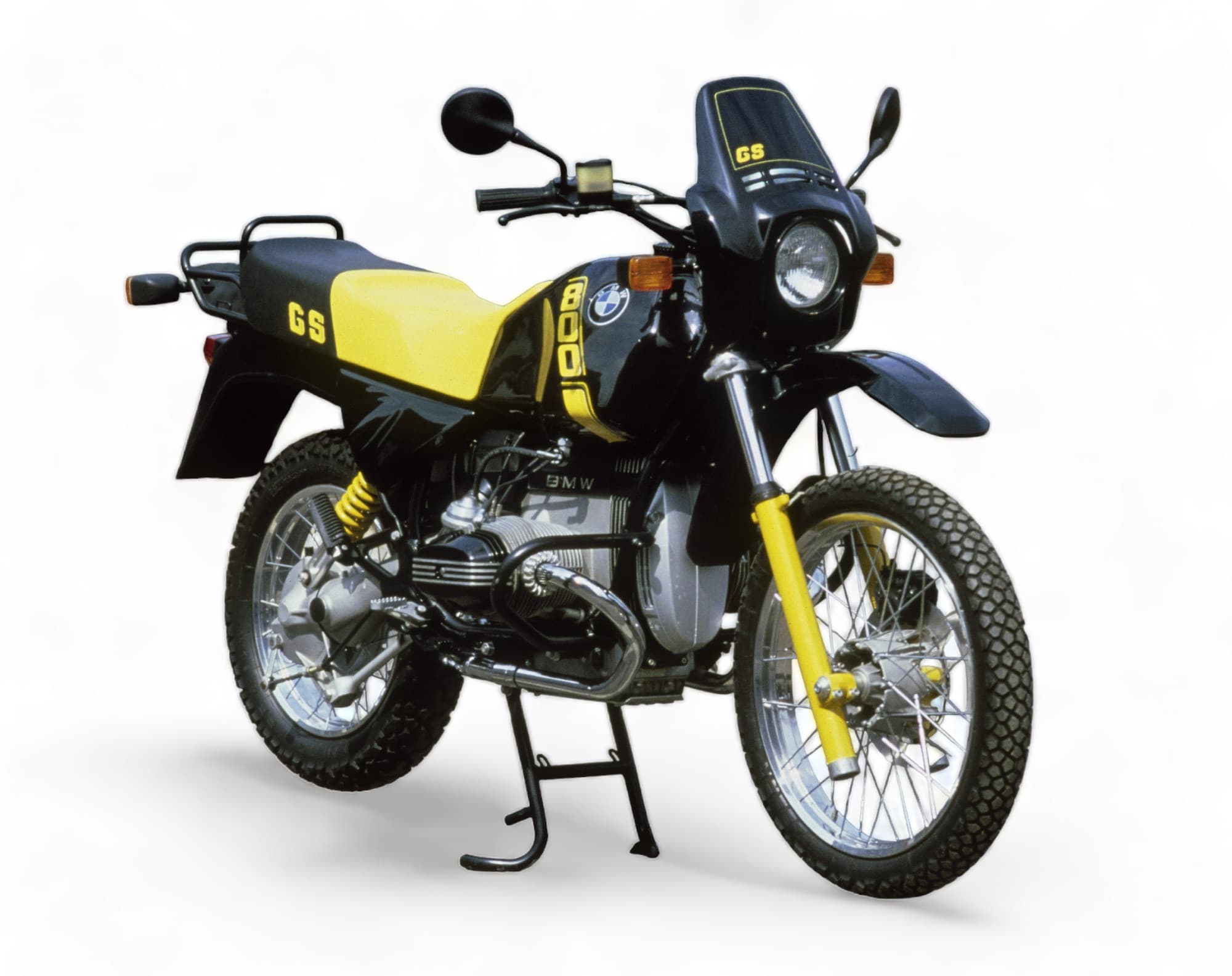
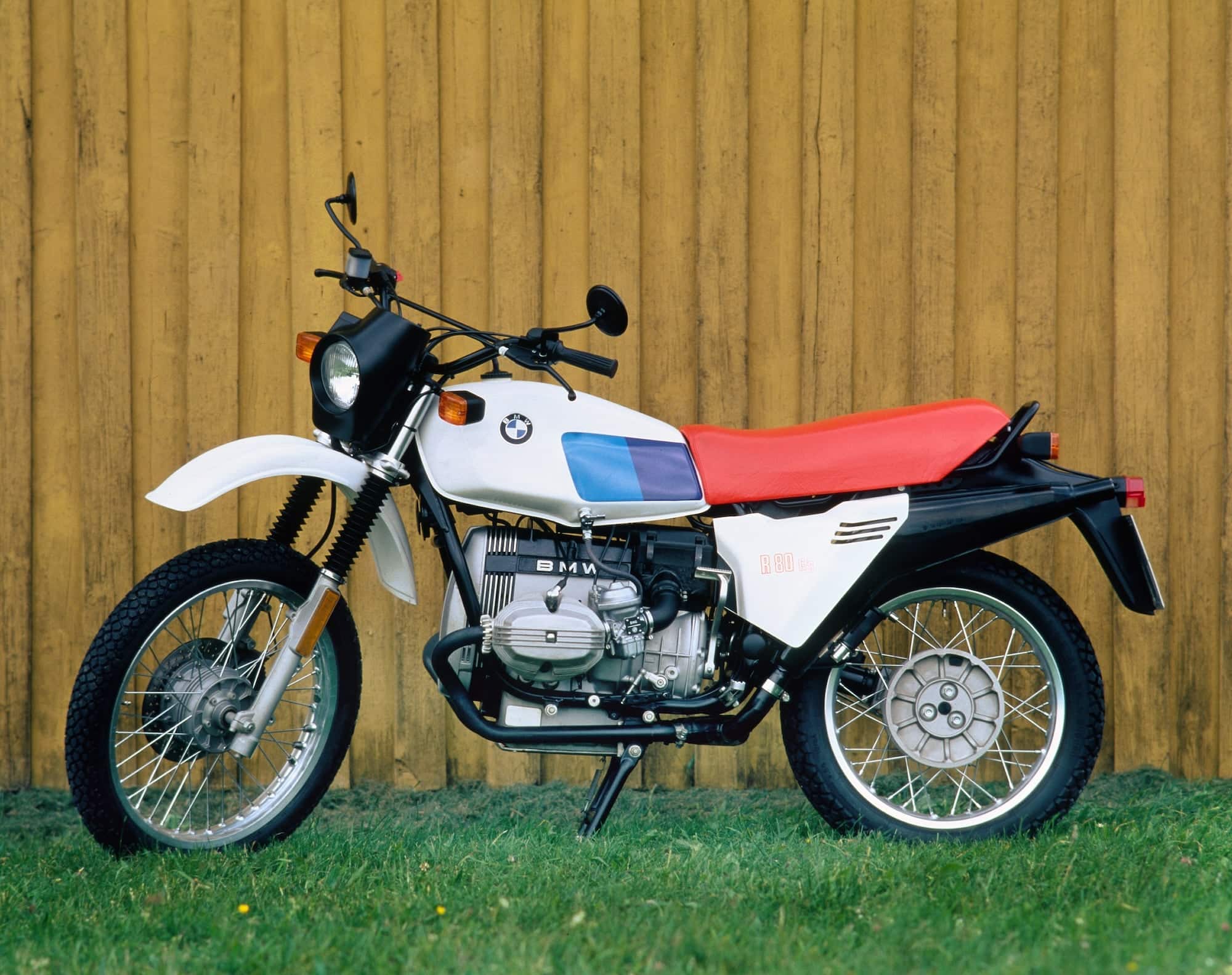
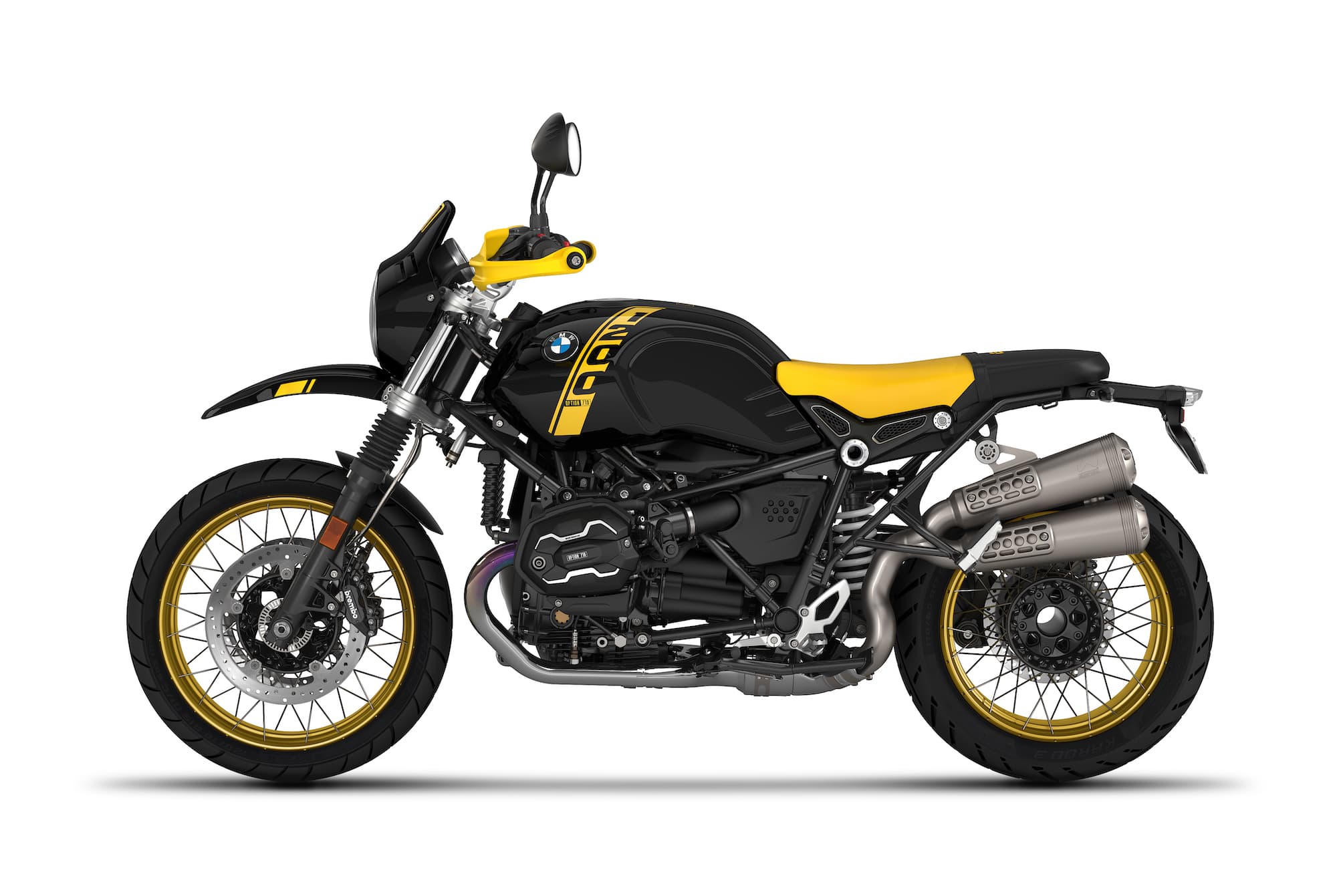
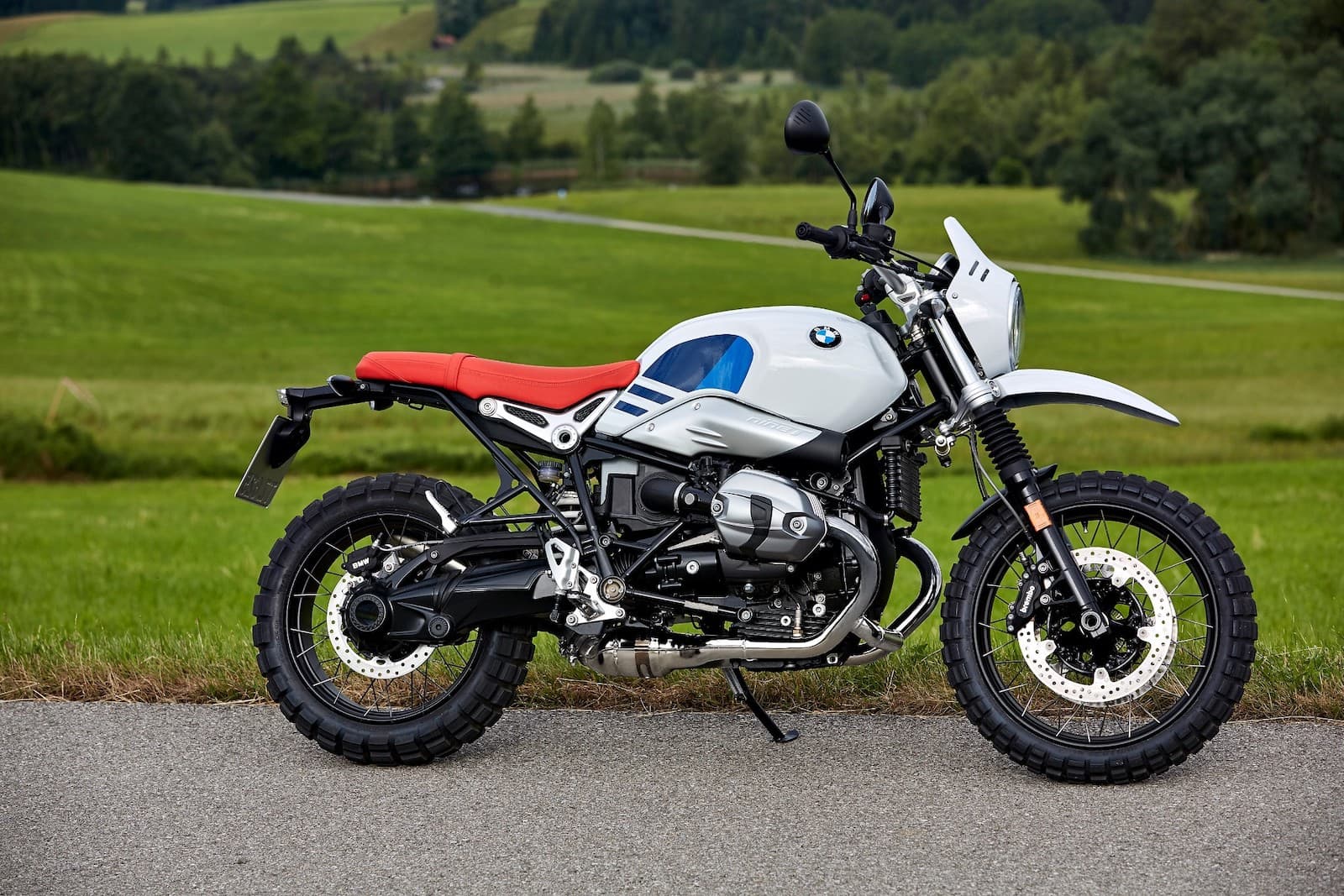
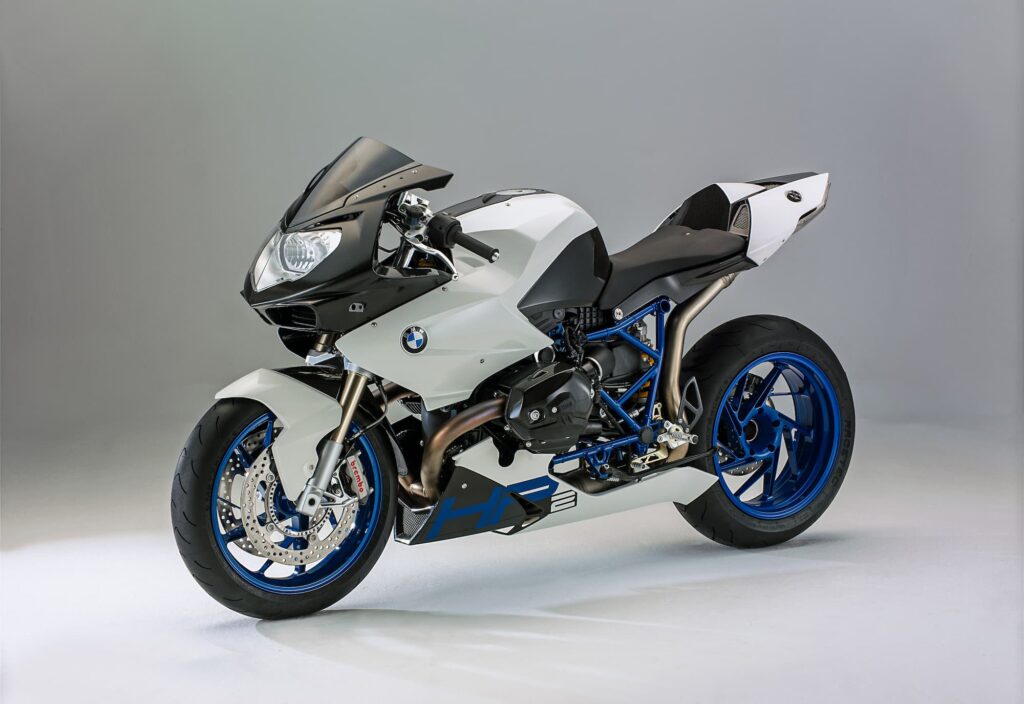
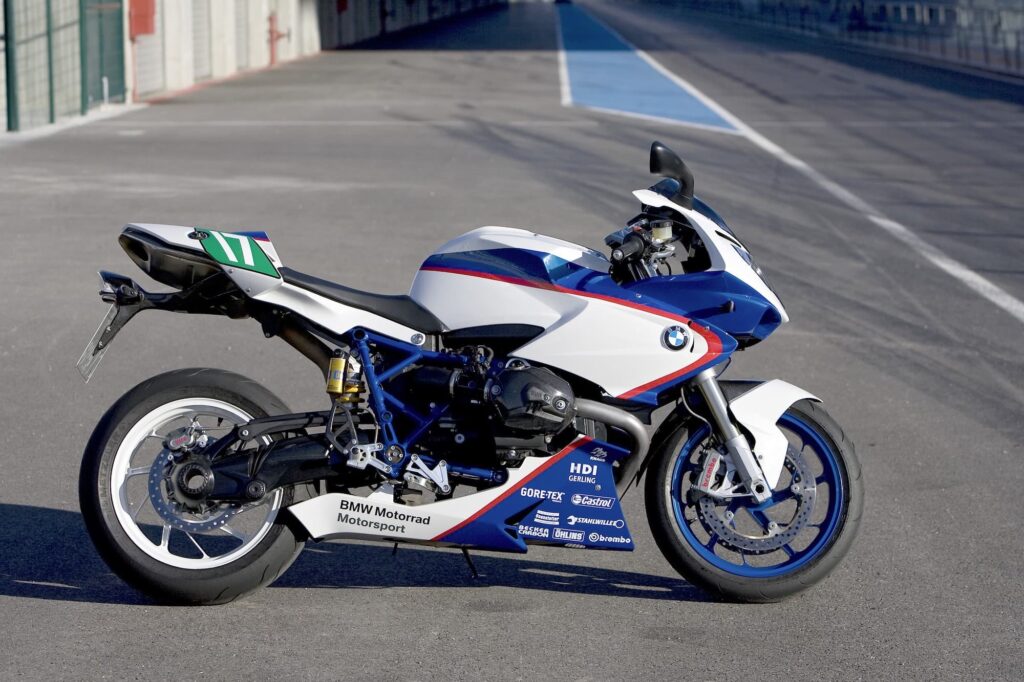
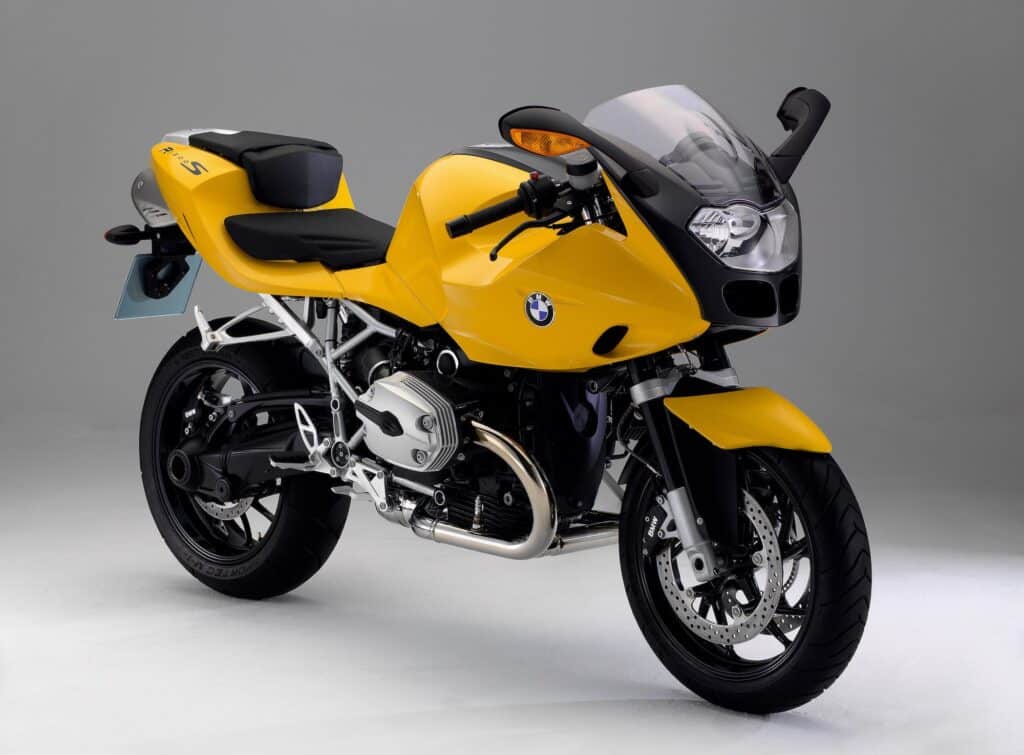
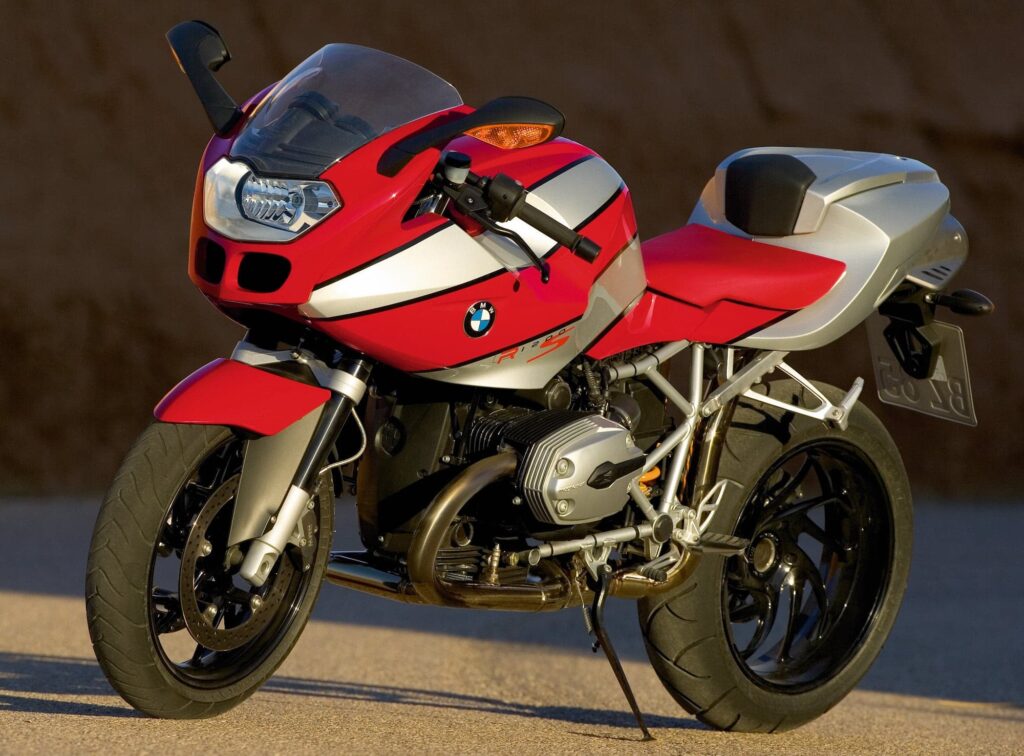
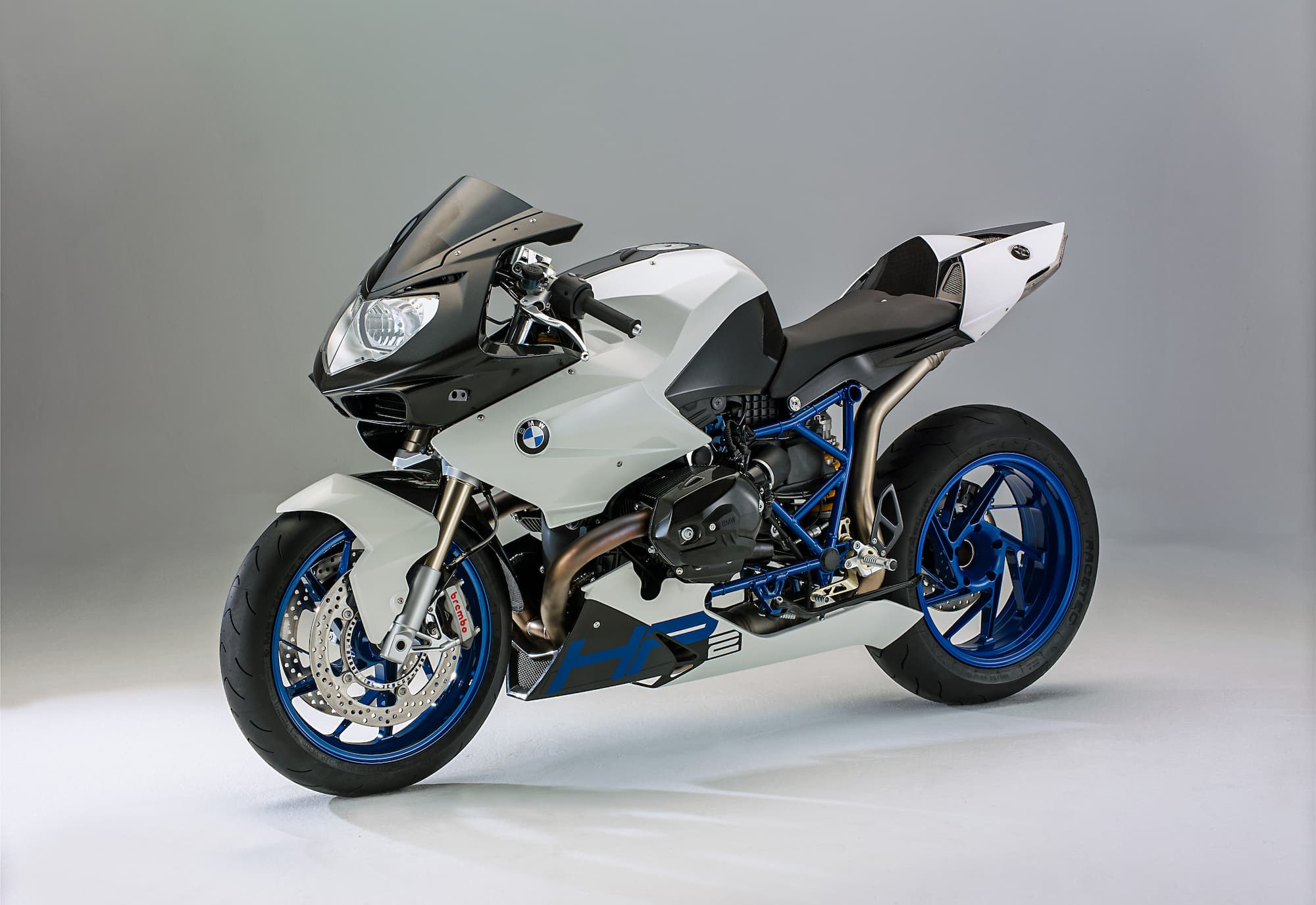
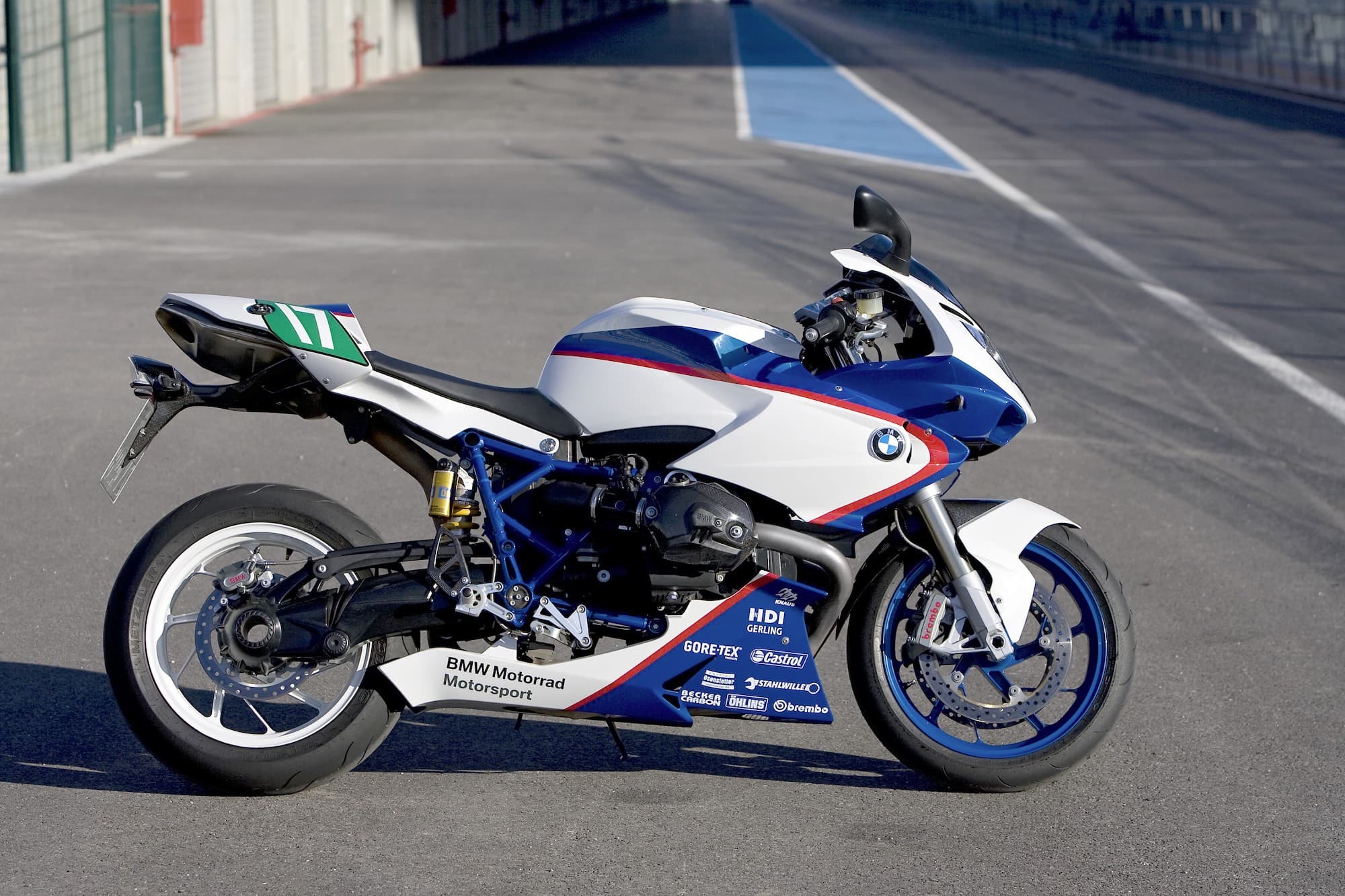
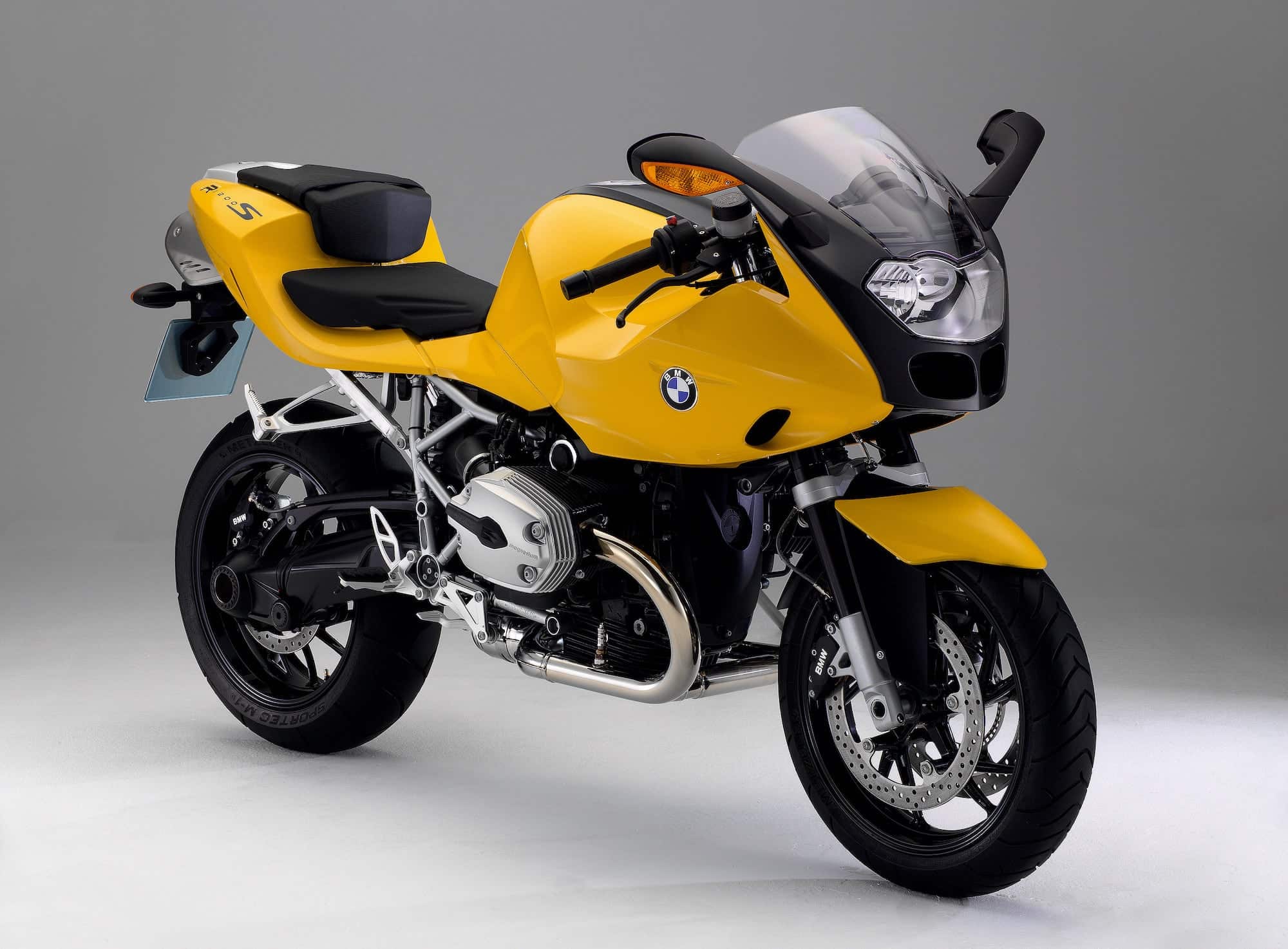
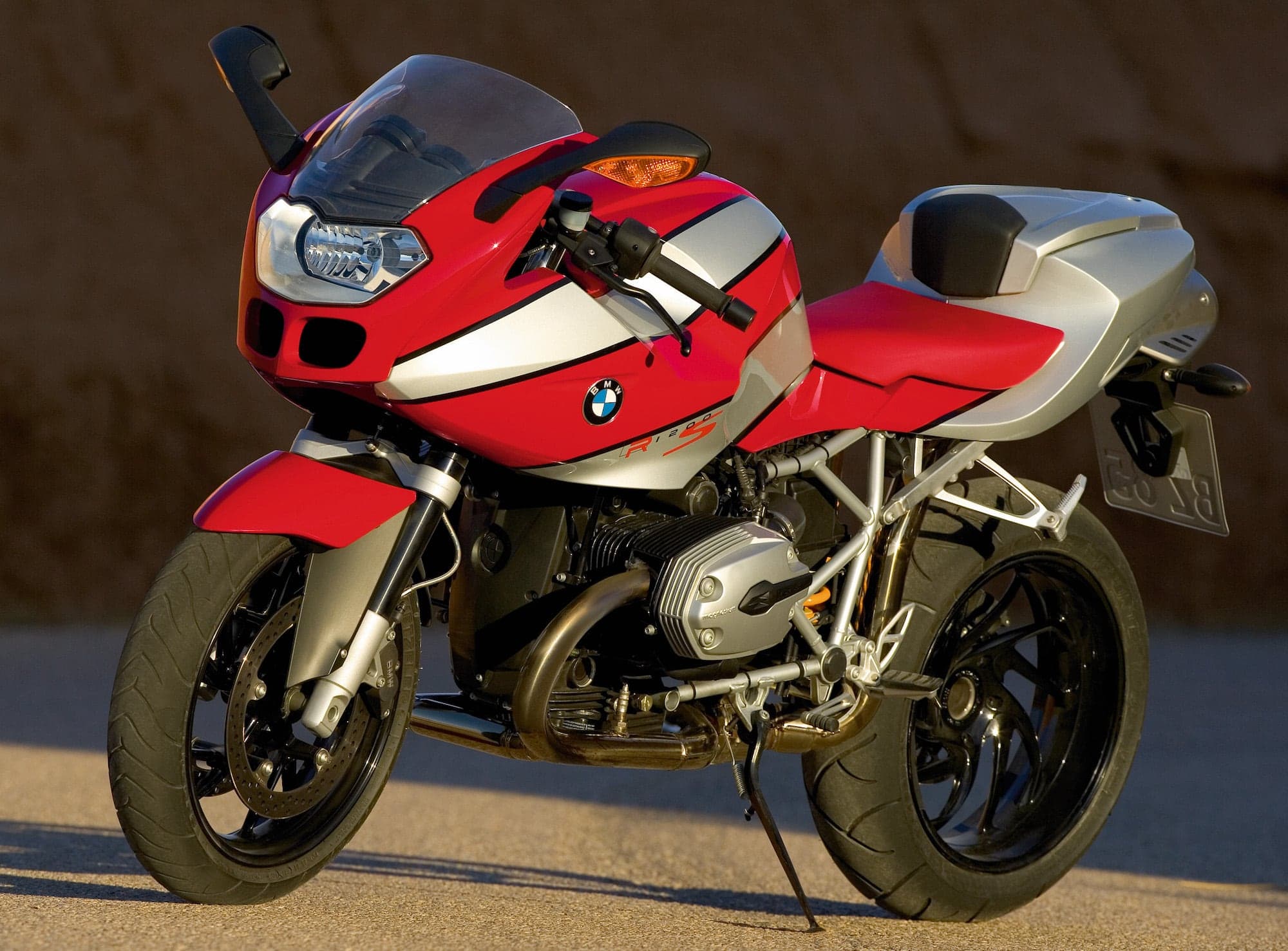
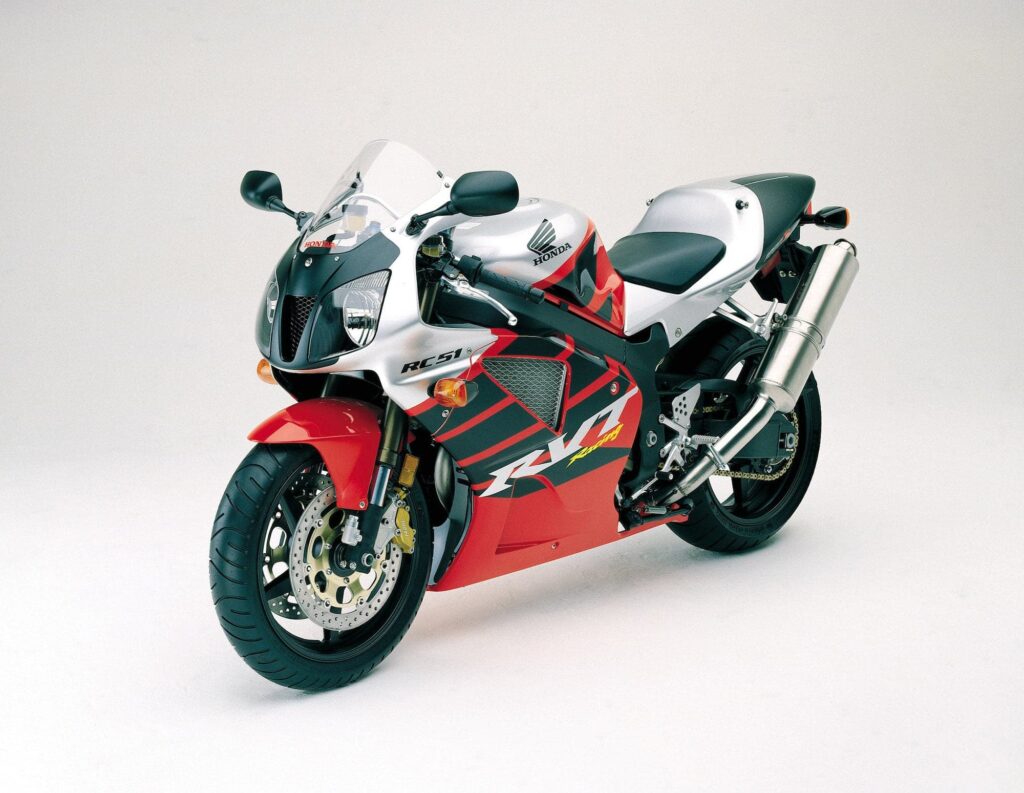
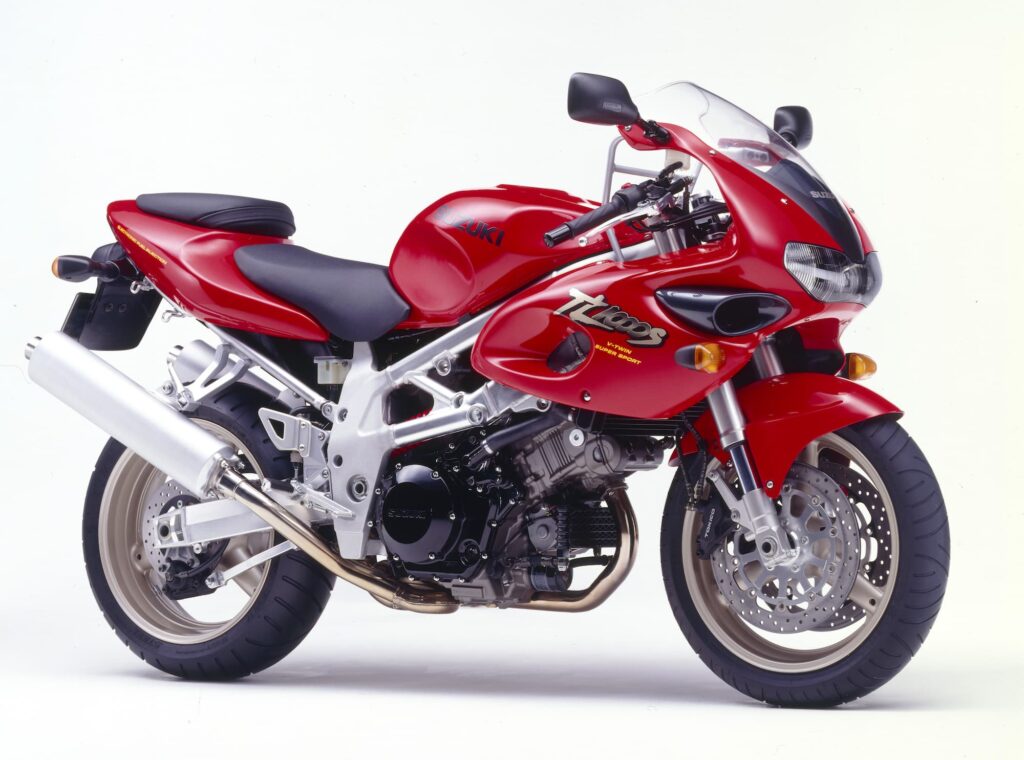
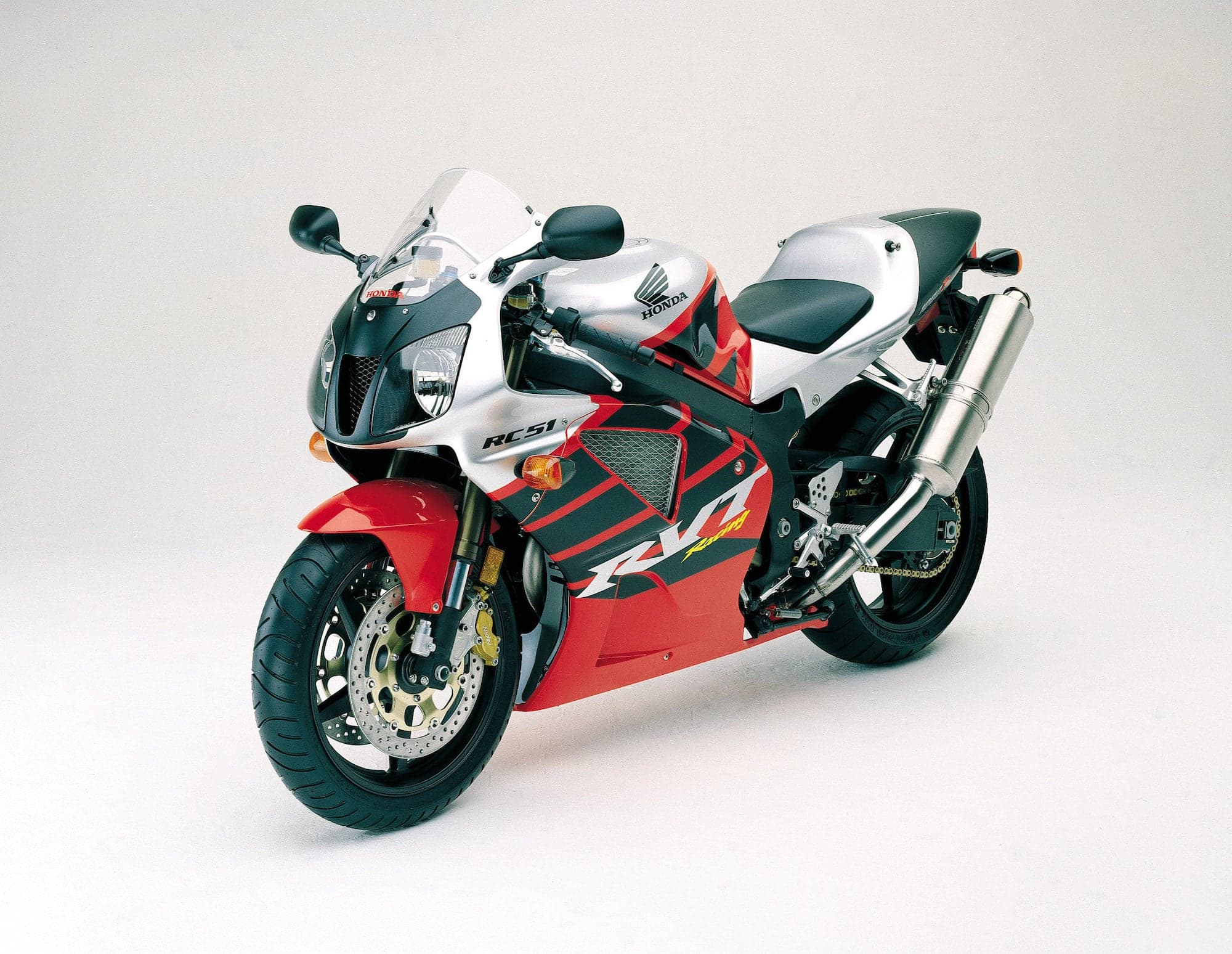
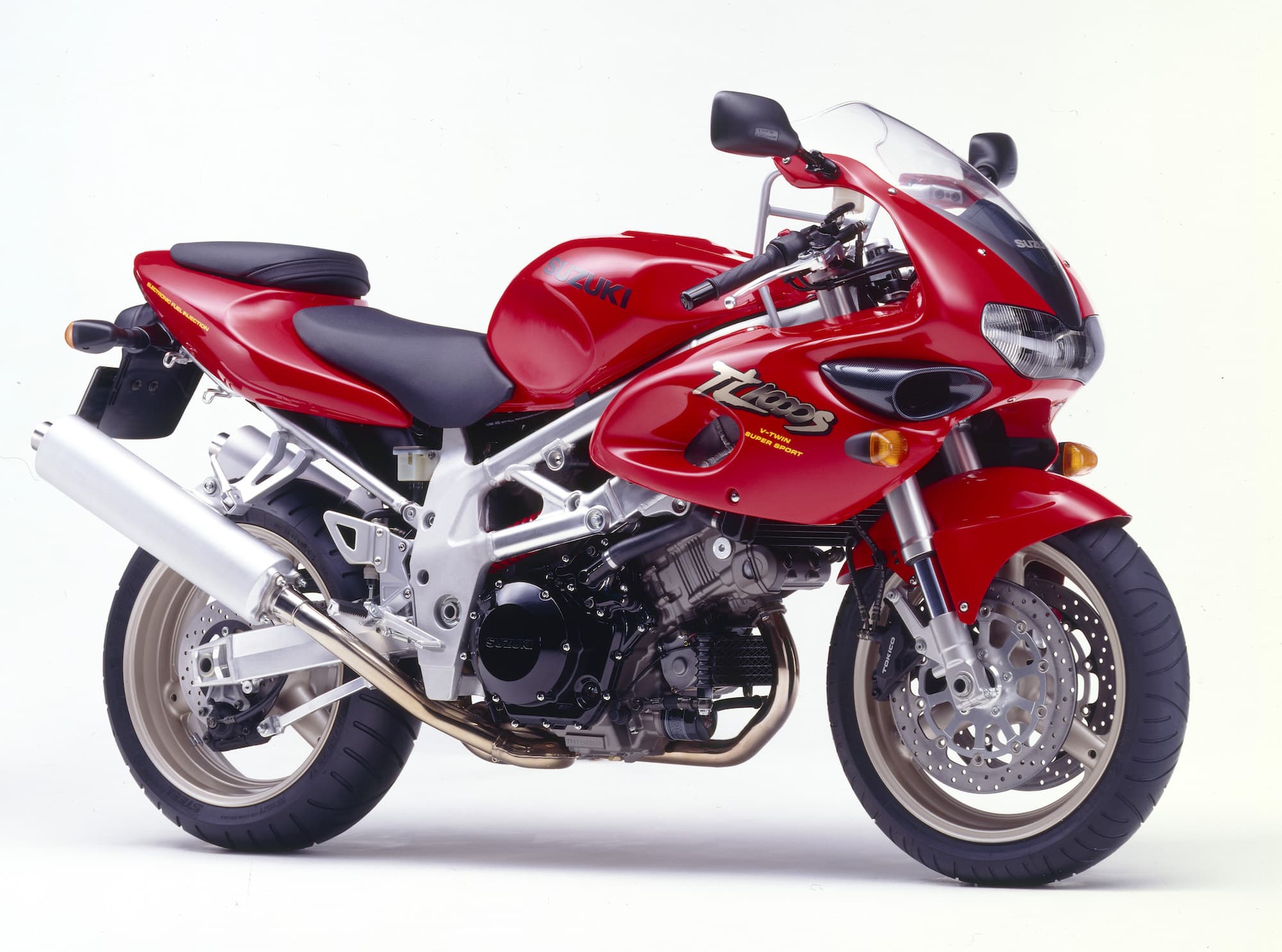
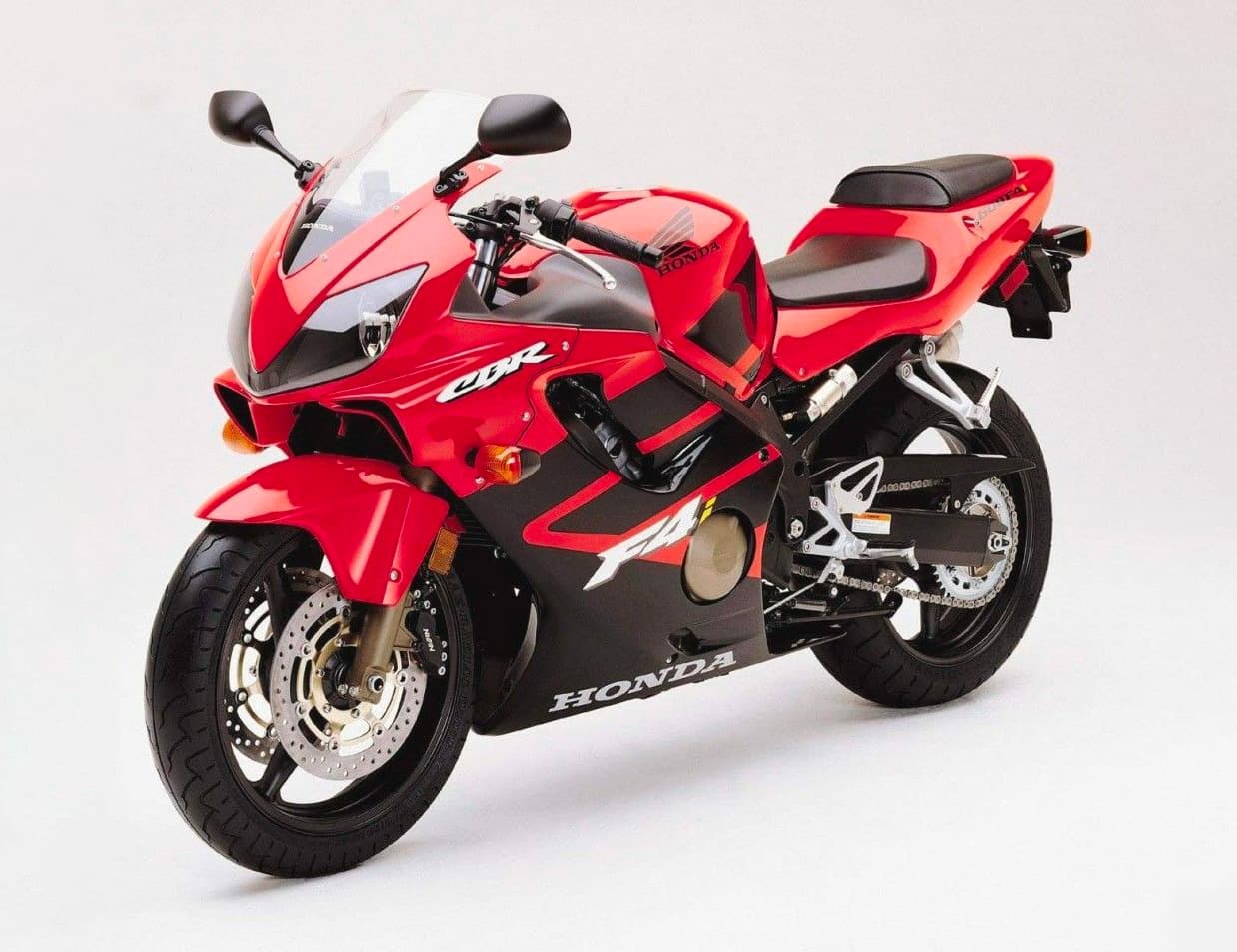
![All the Middleweight Adventure Motorcycles — A Complete List / Comparison [2023] 63 All the Middleweight Adventure Motorcycles — A Complete List / Comparison [2023]](https://motofomo.com/wp-content/uploads/2022/12/Middleweight-Adventure-Motorcycles-Collage-web-768x512.jpg)

